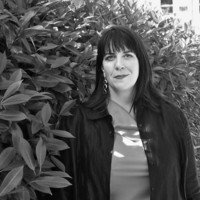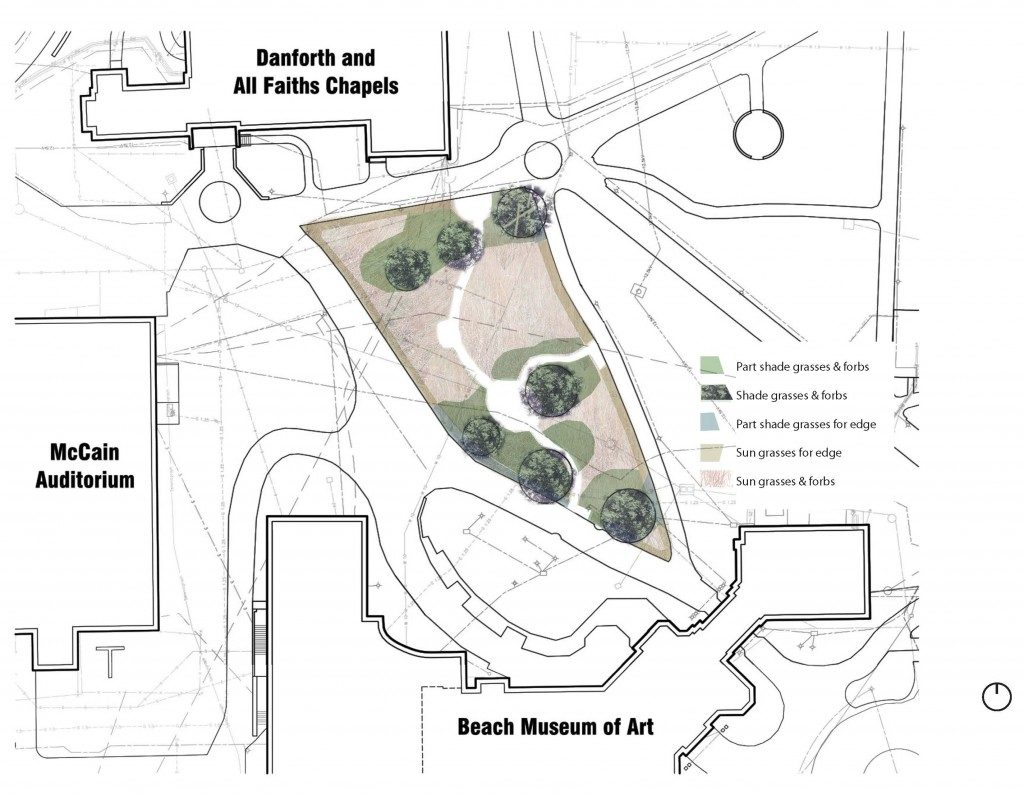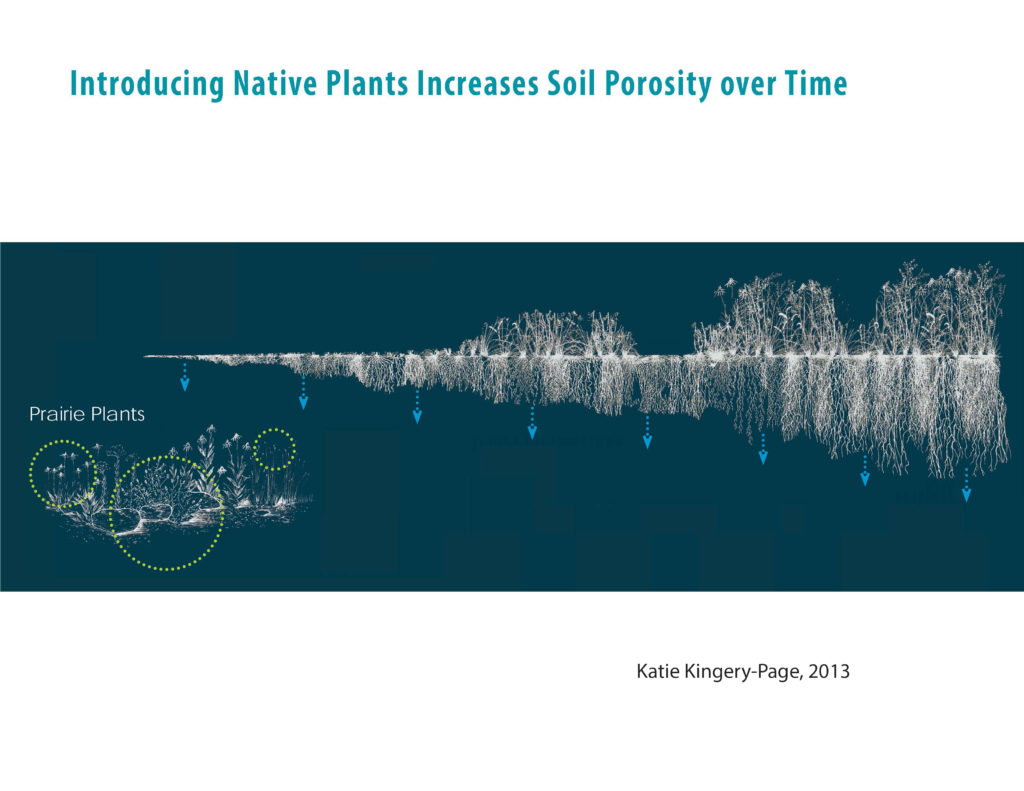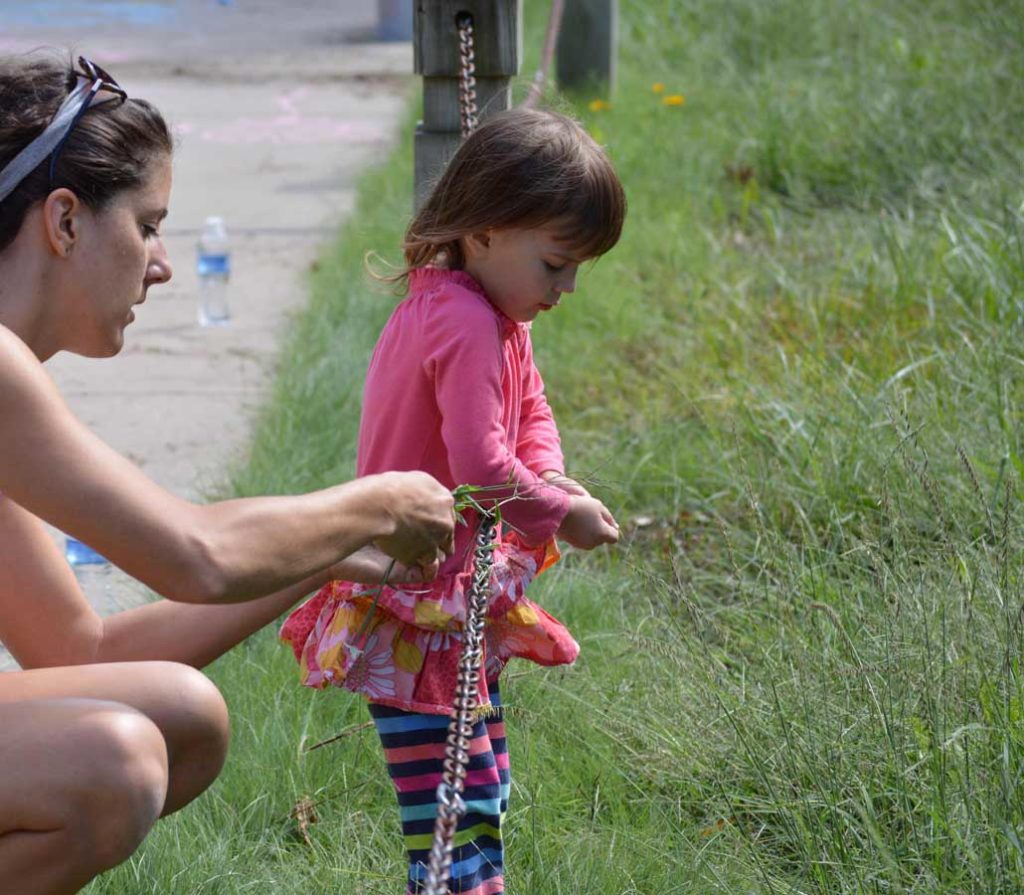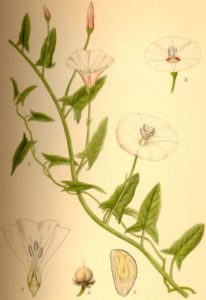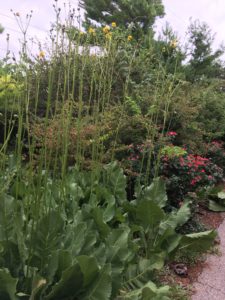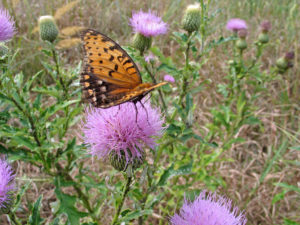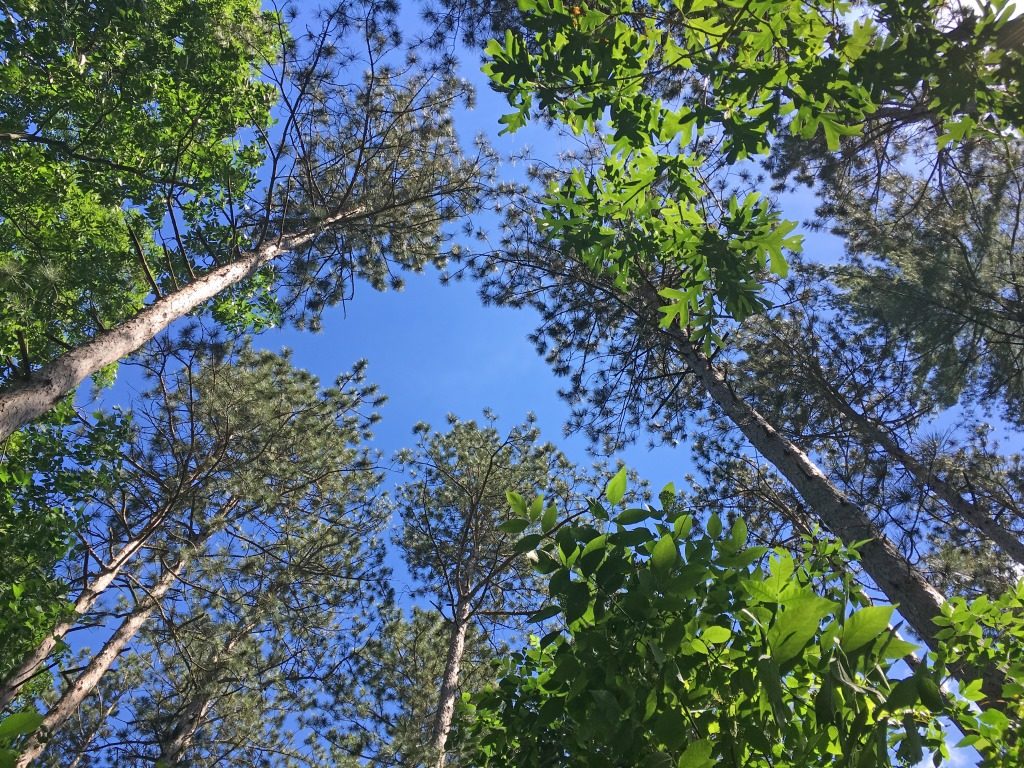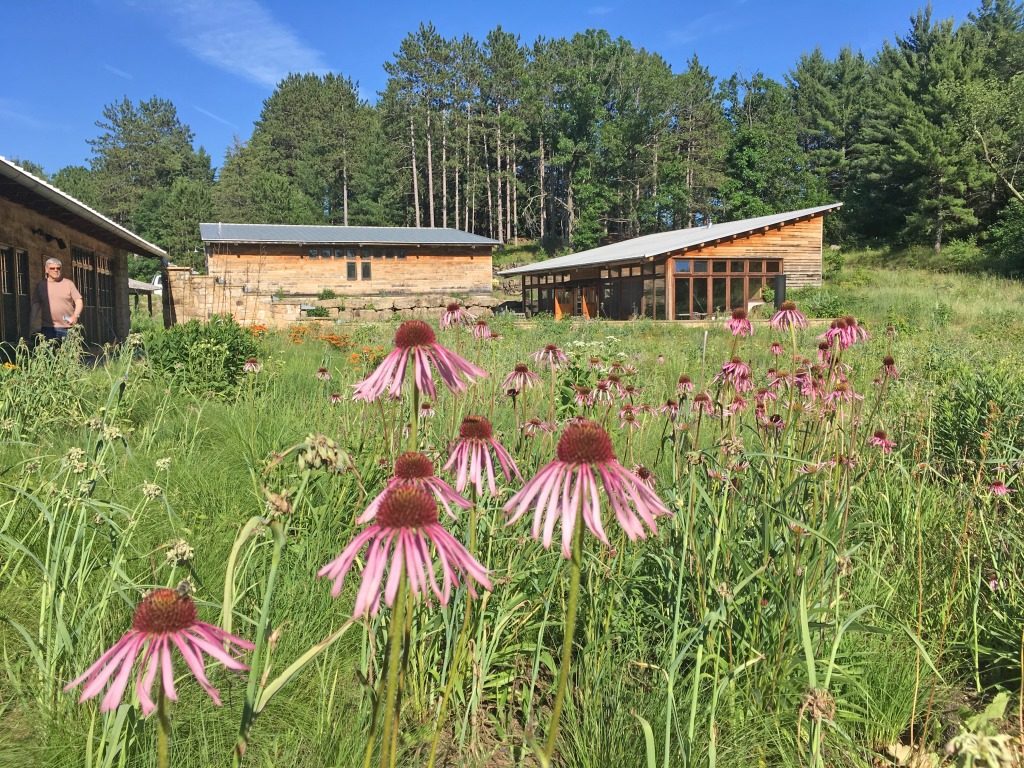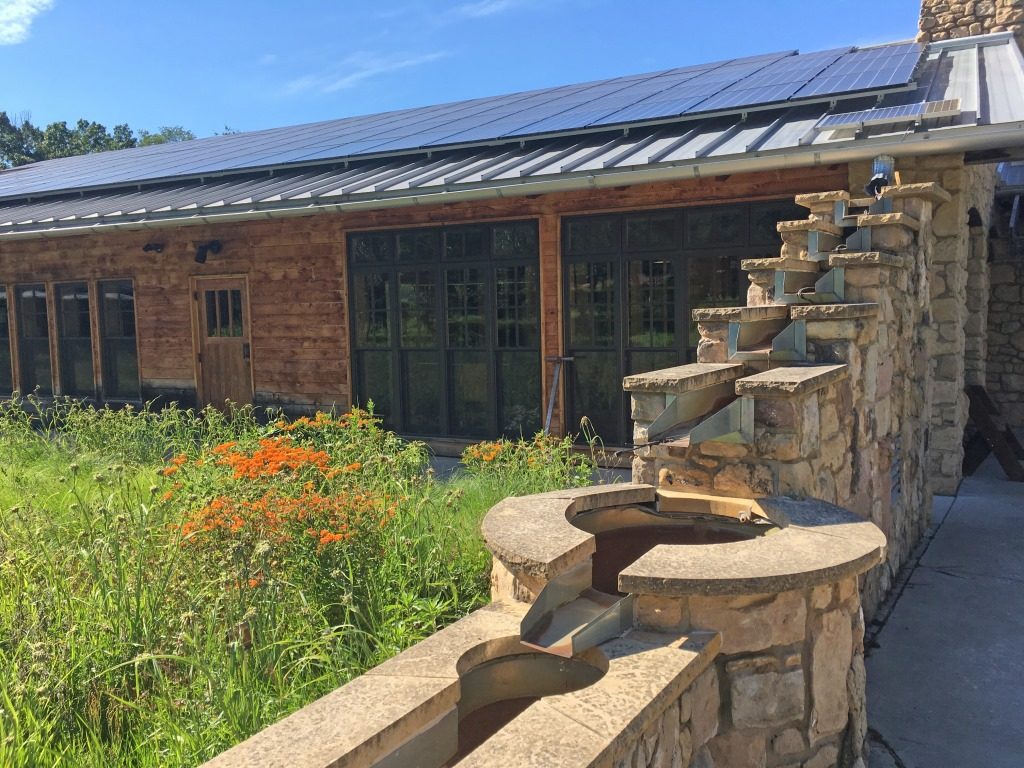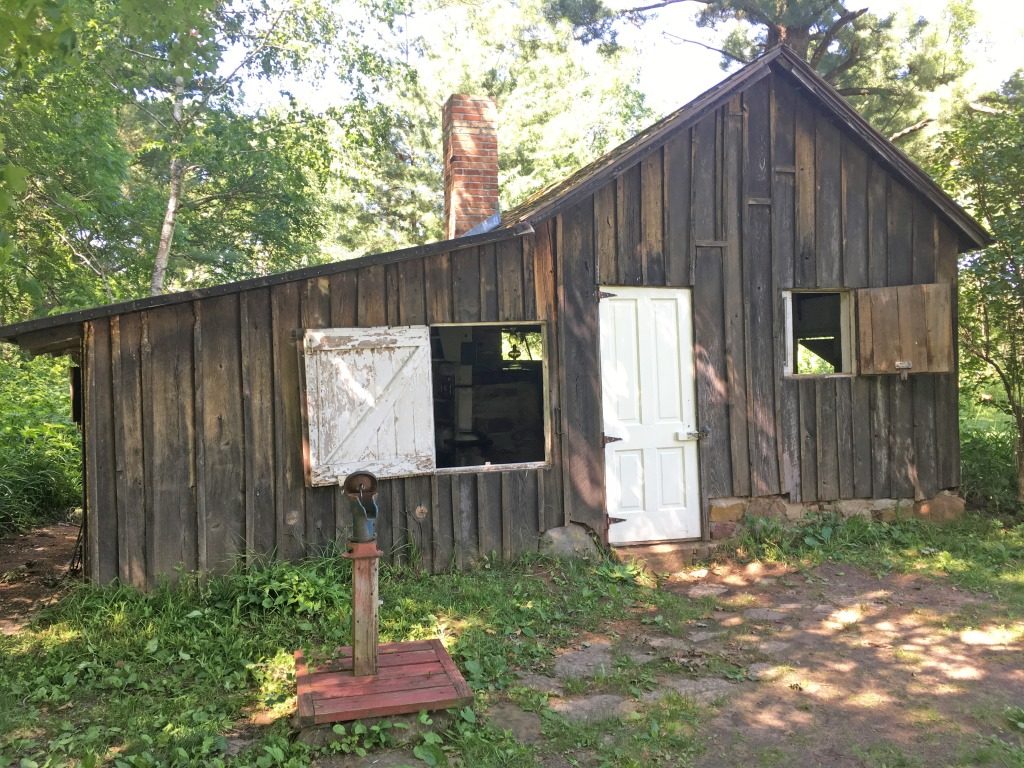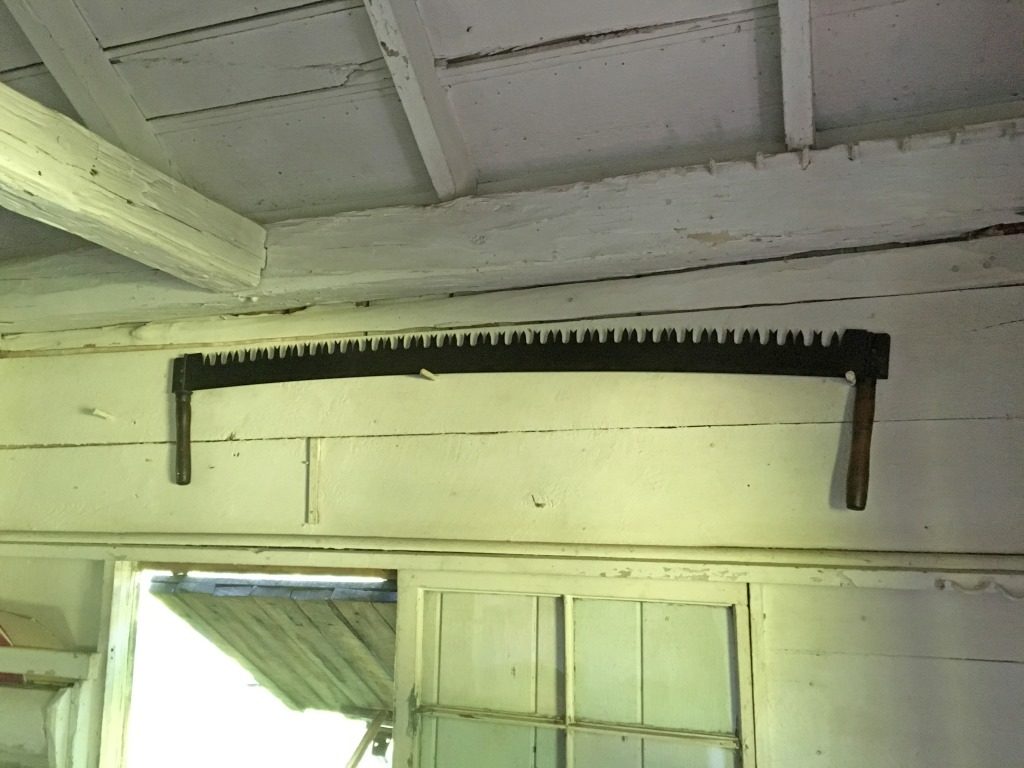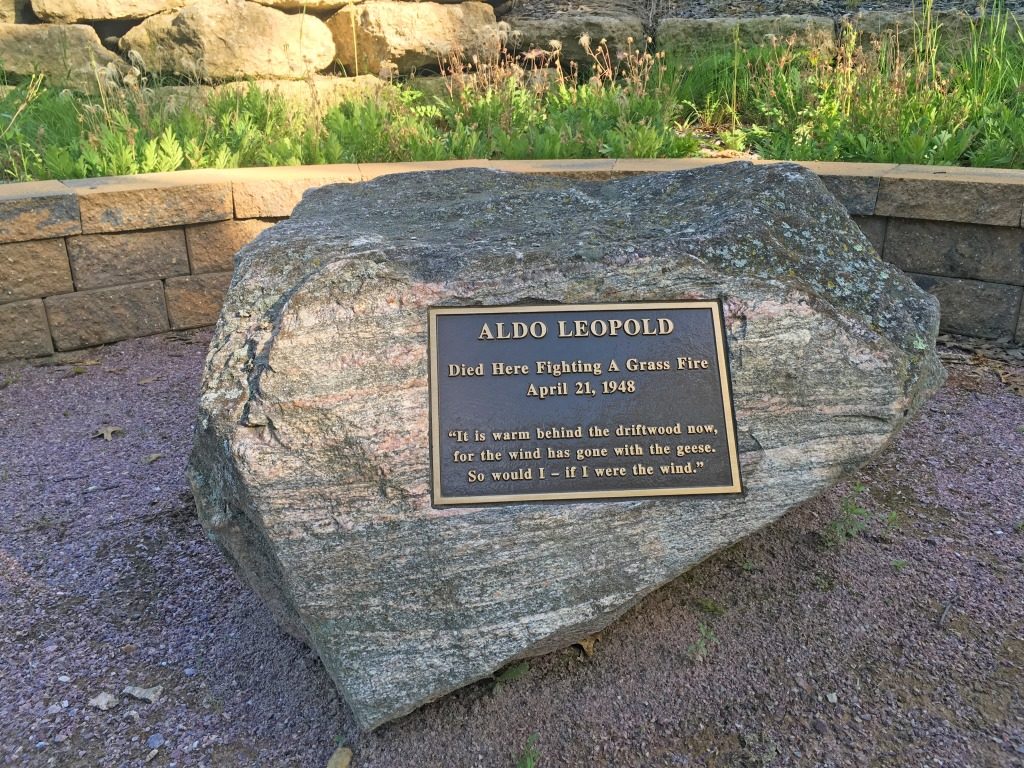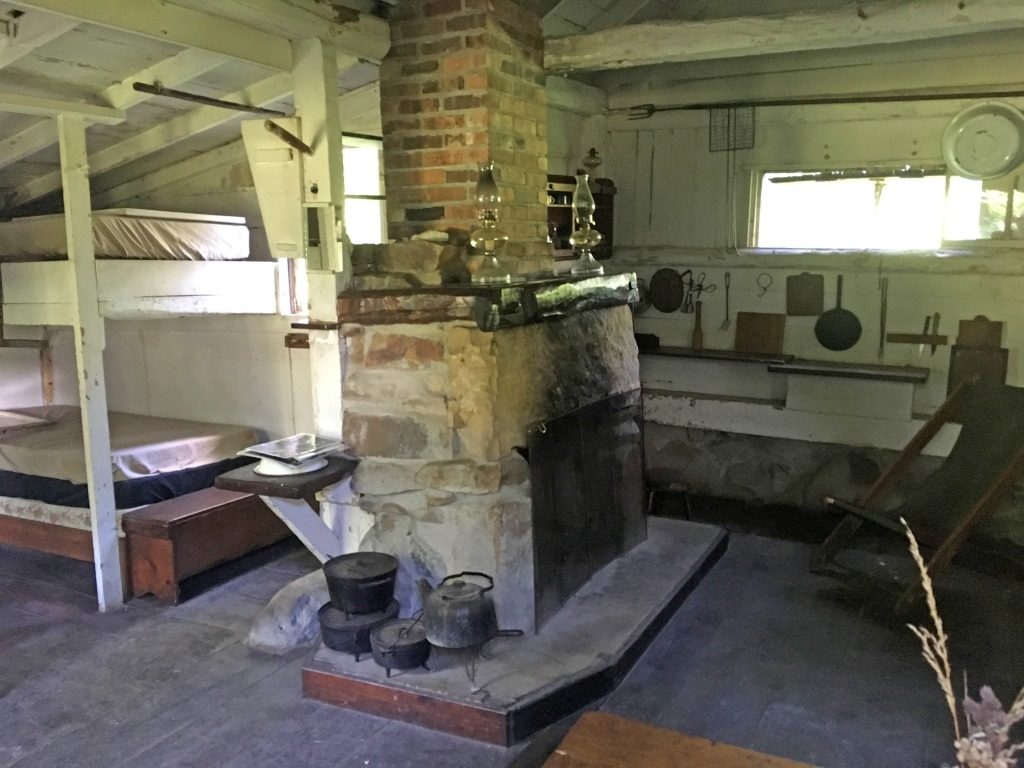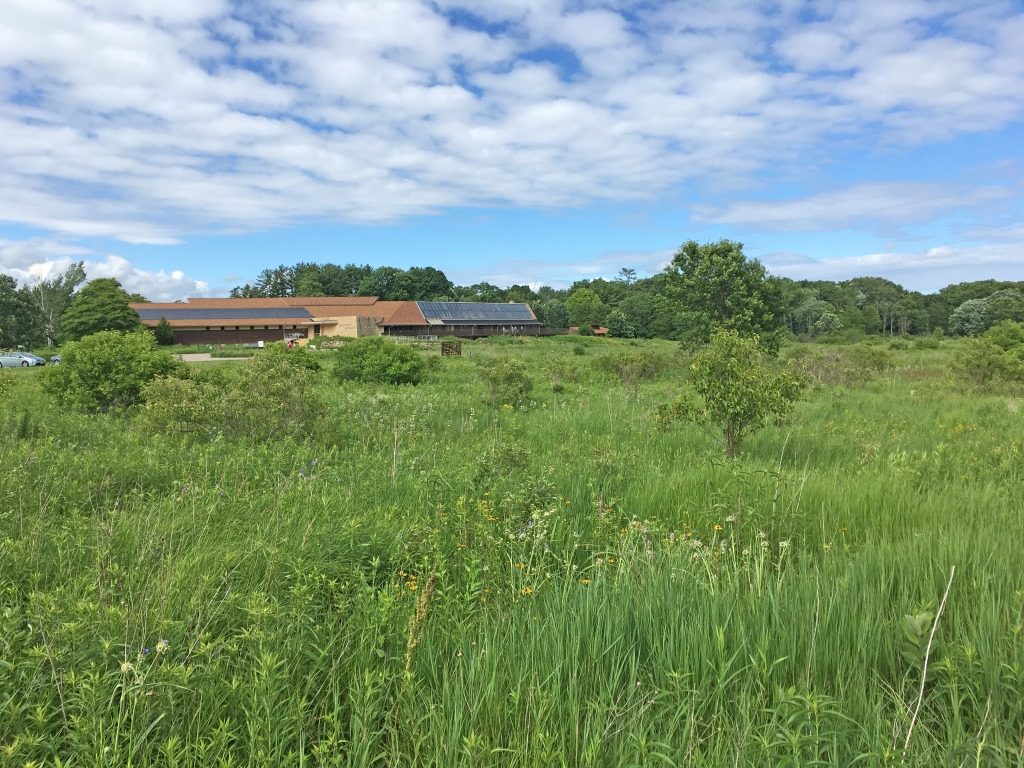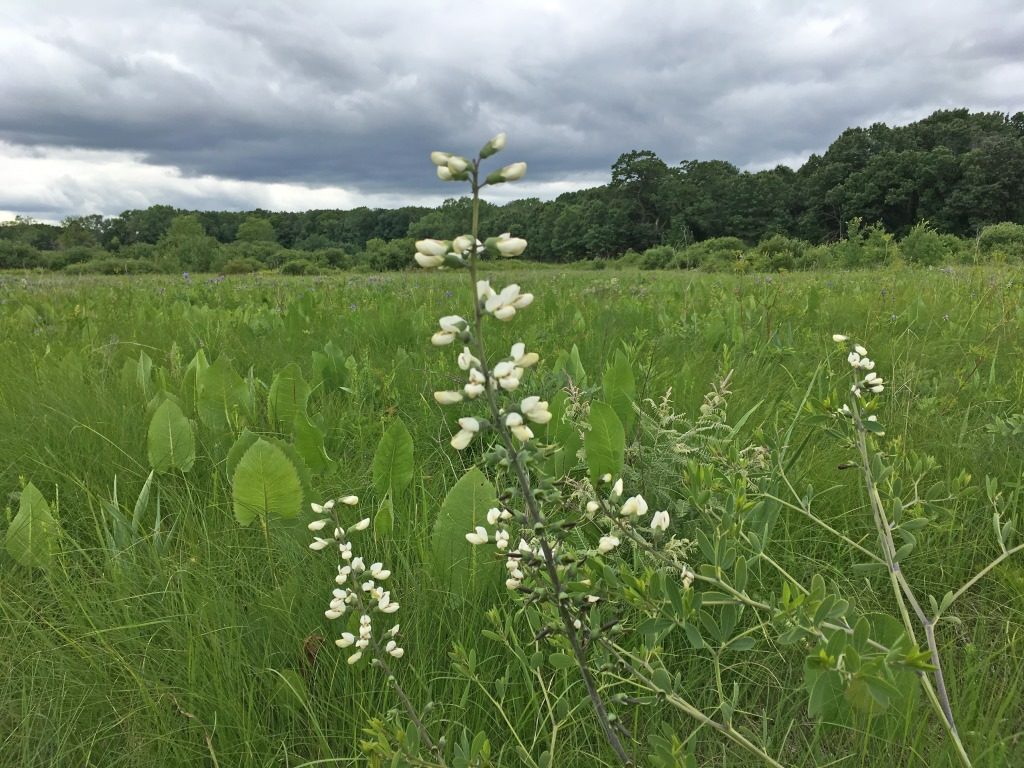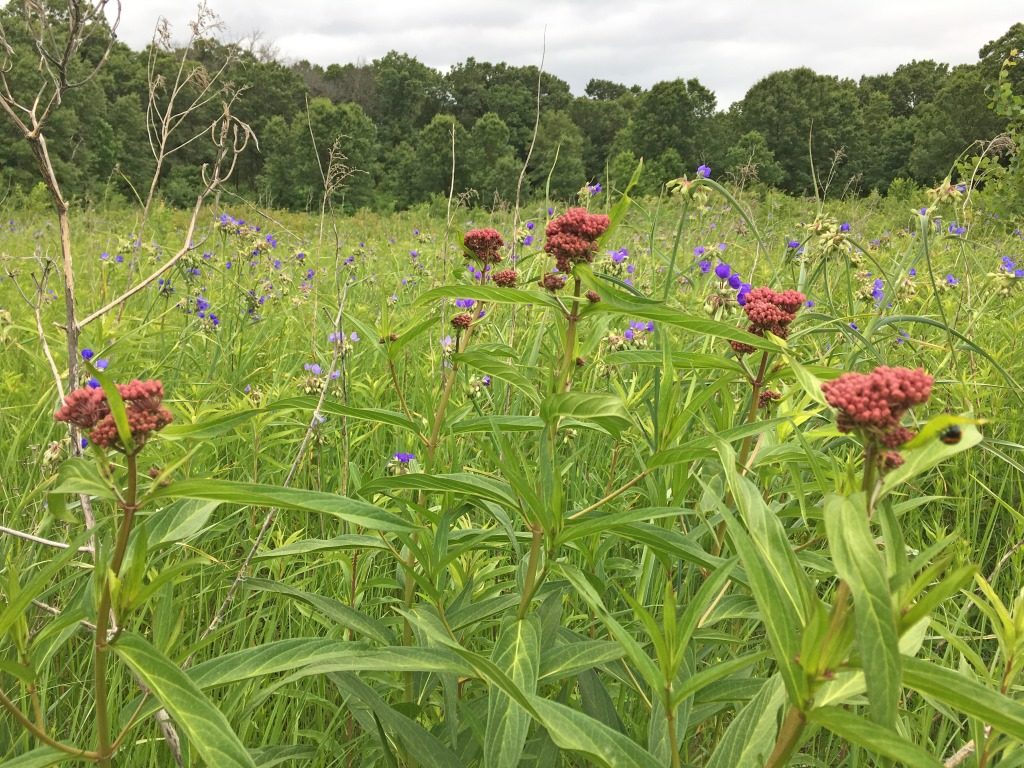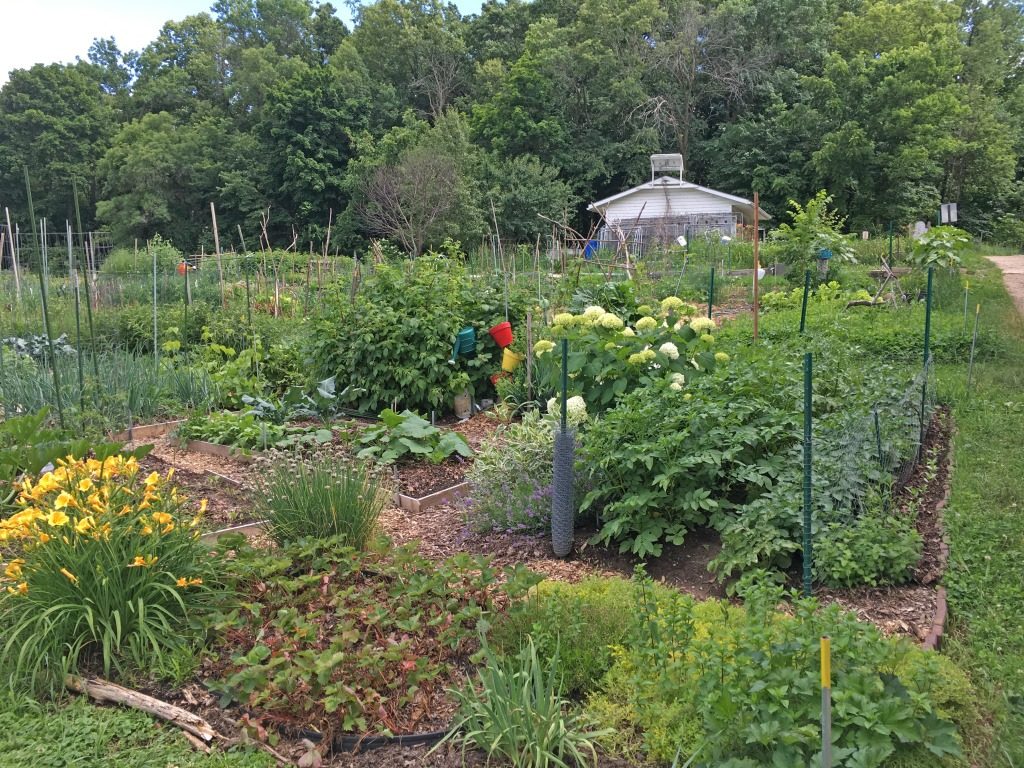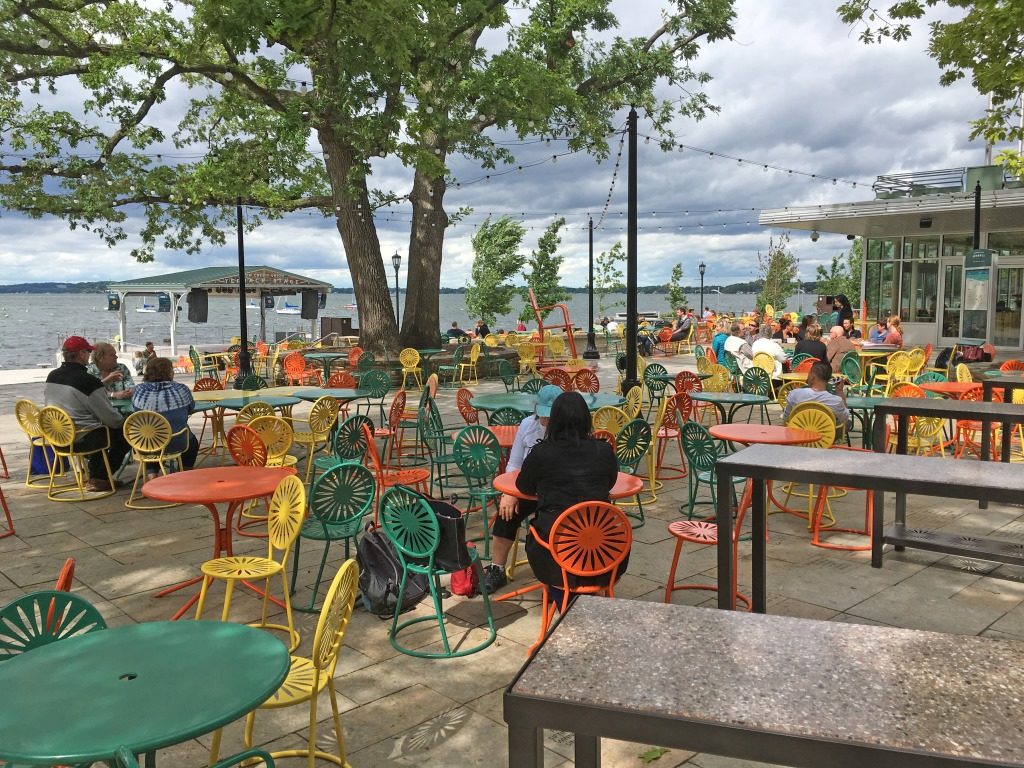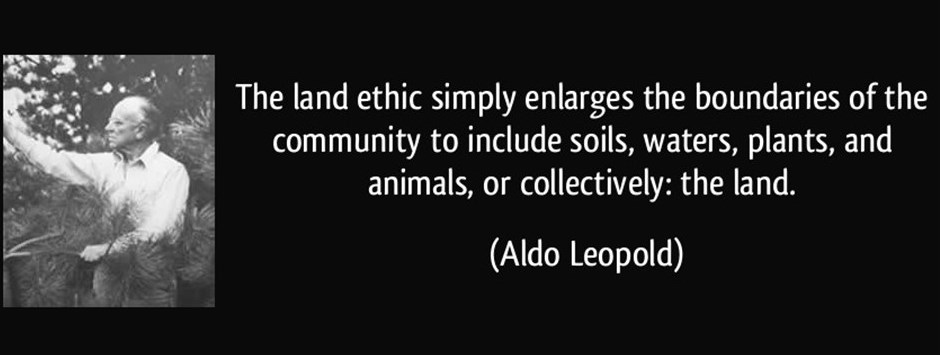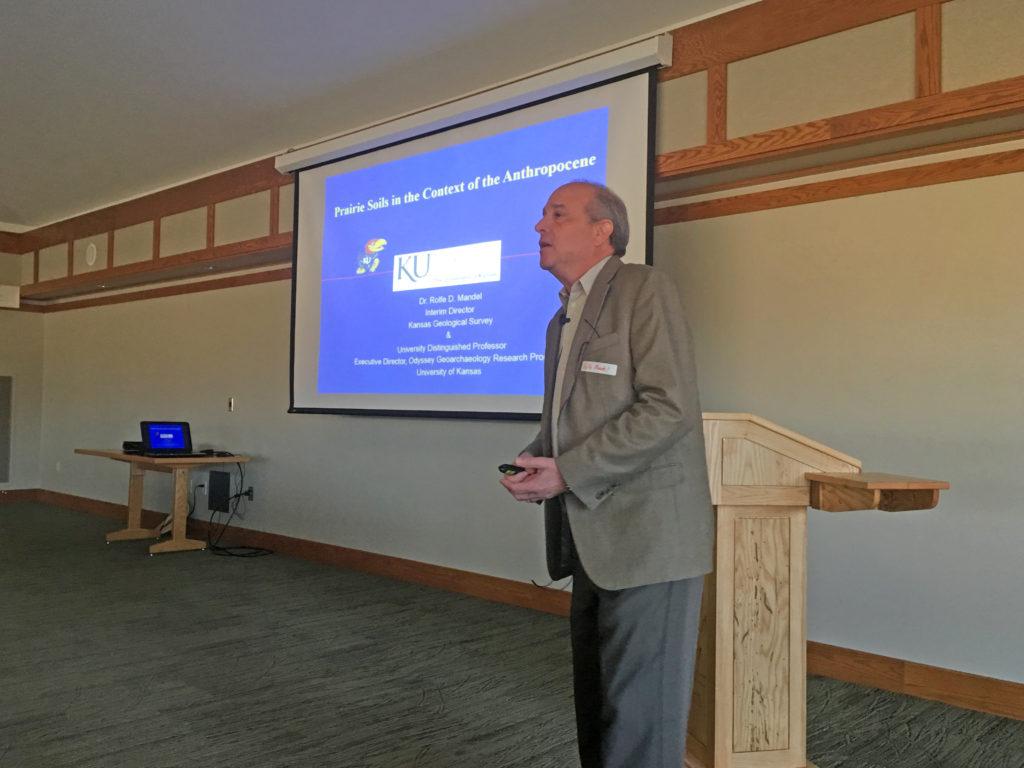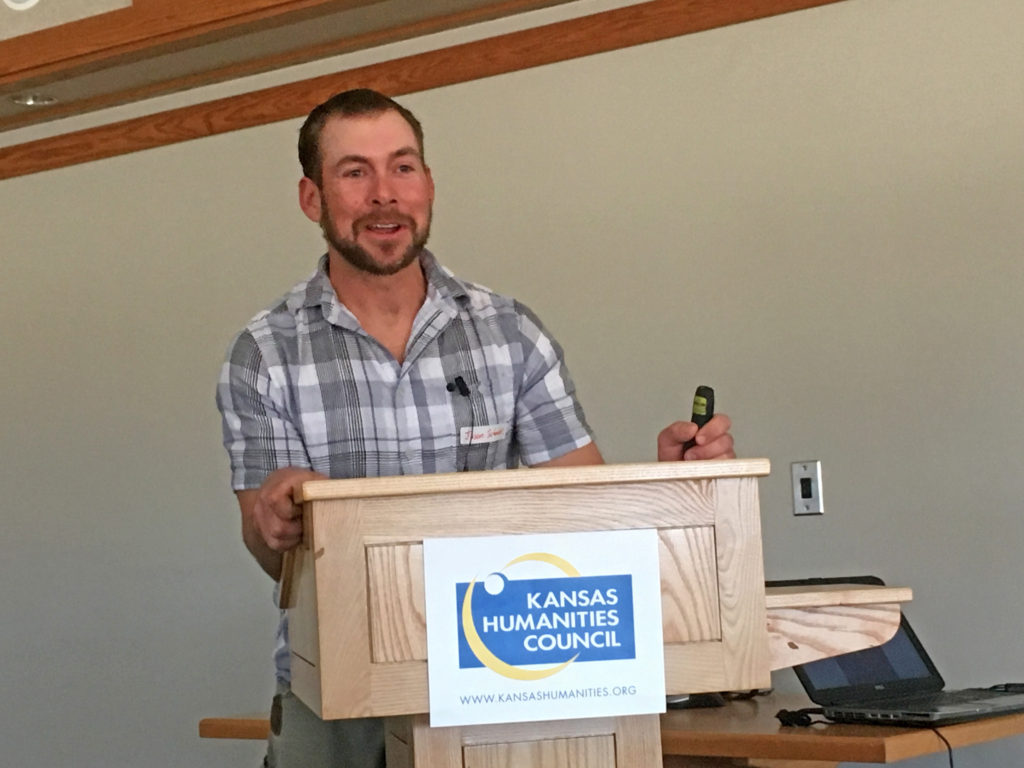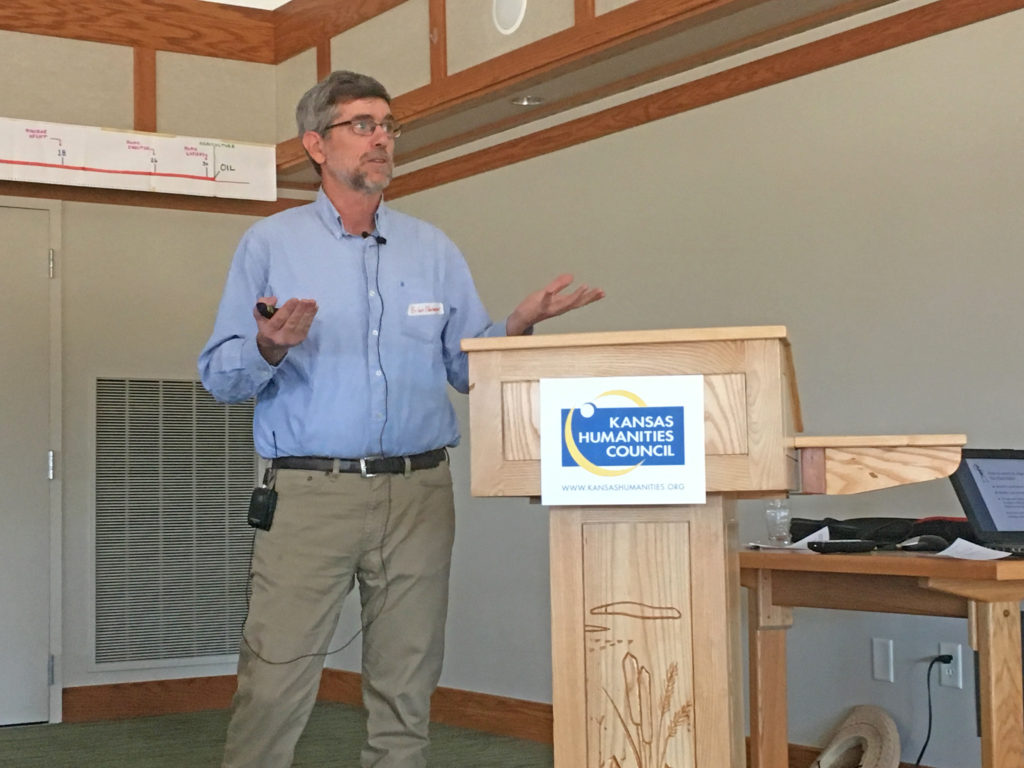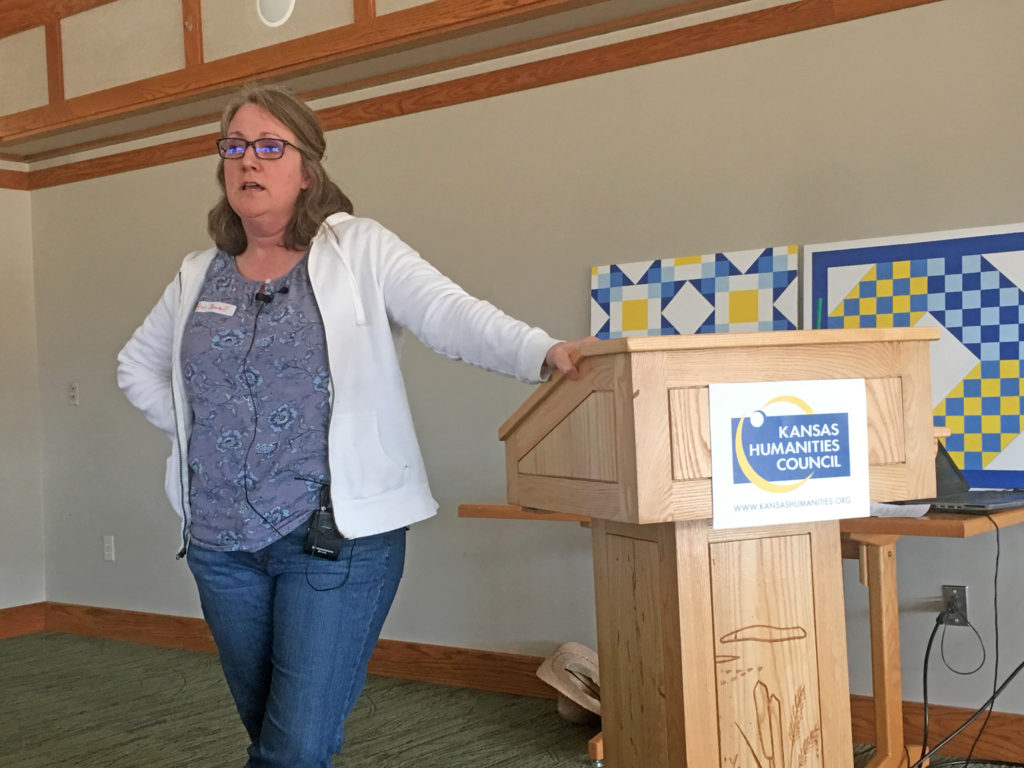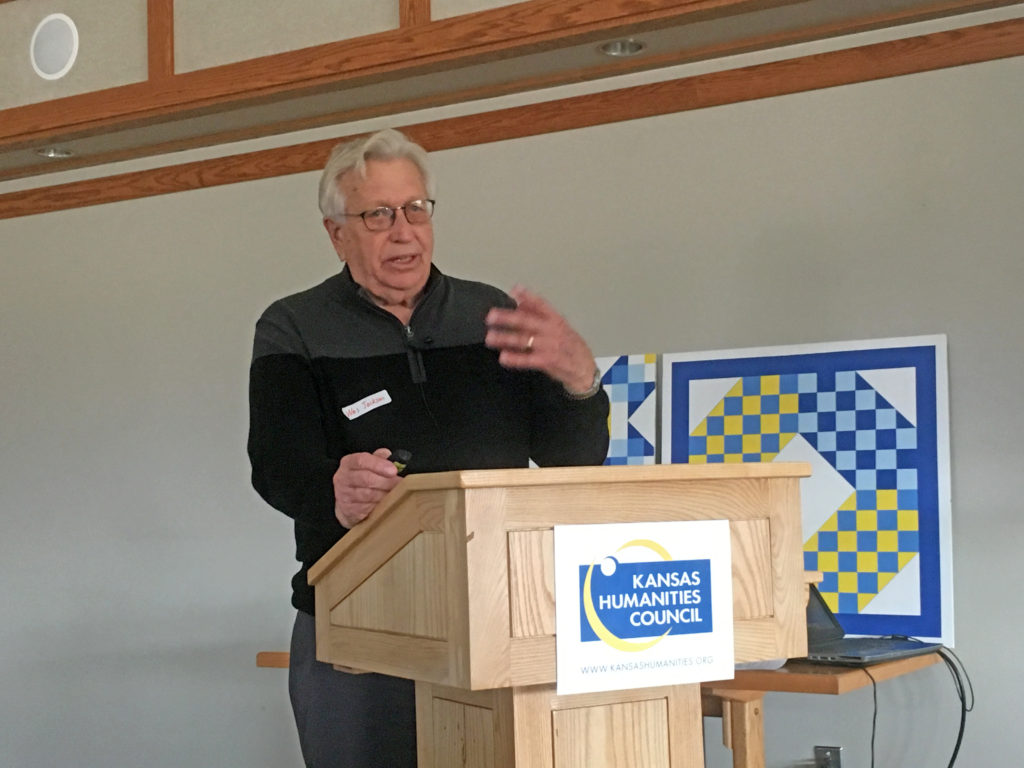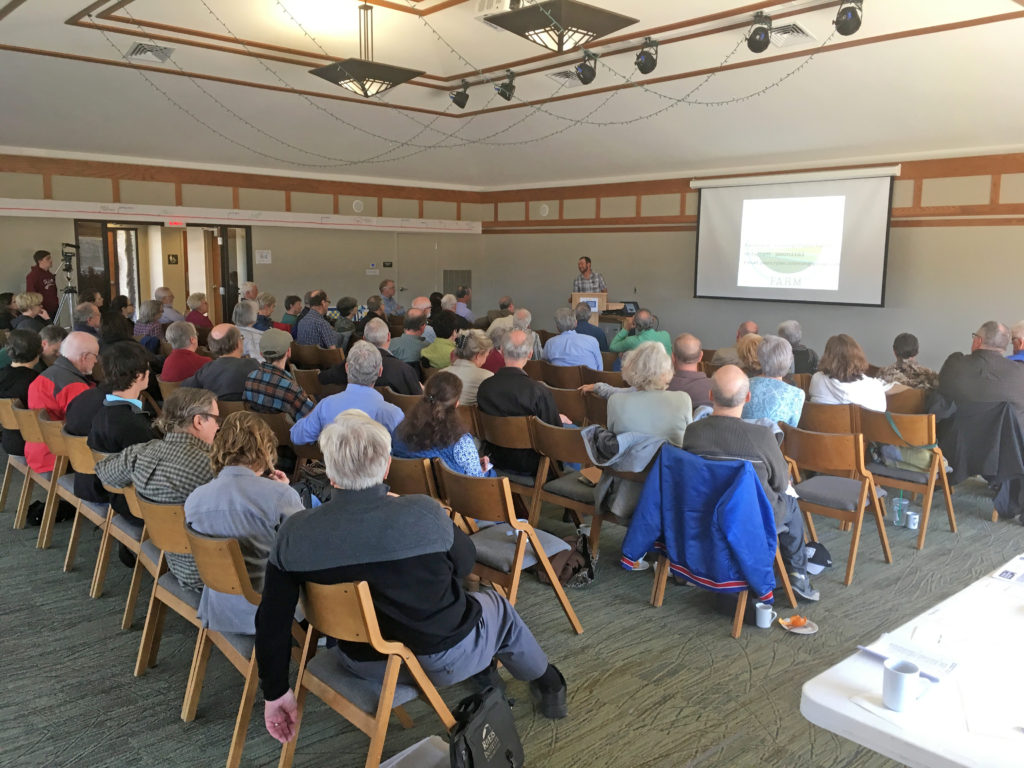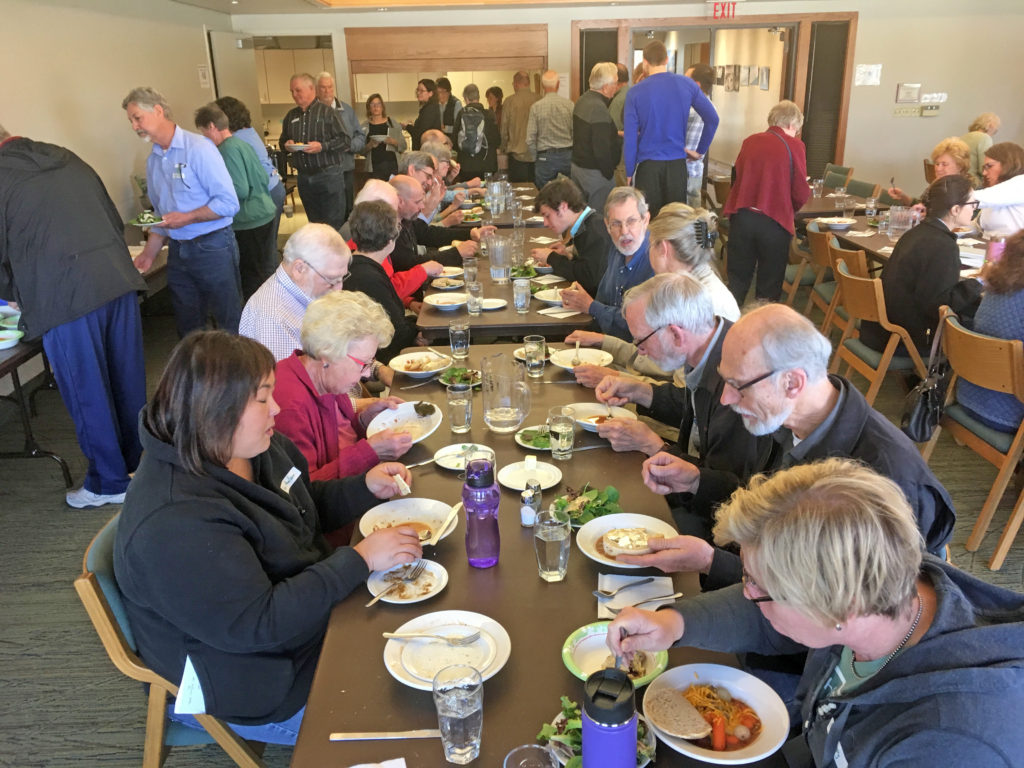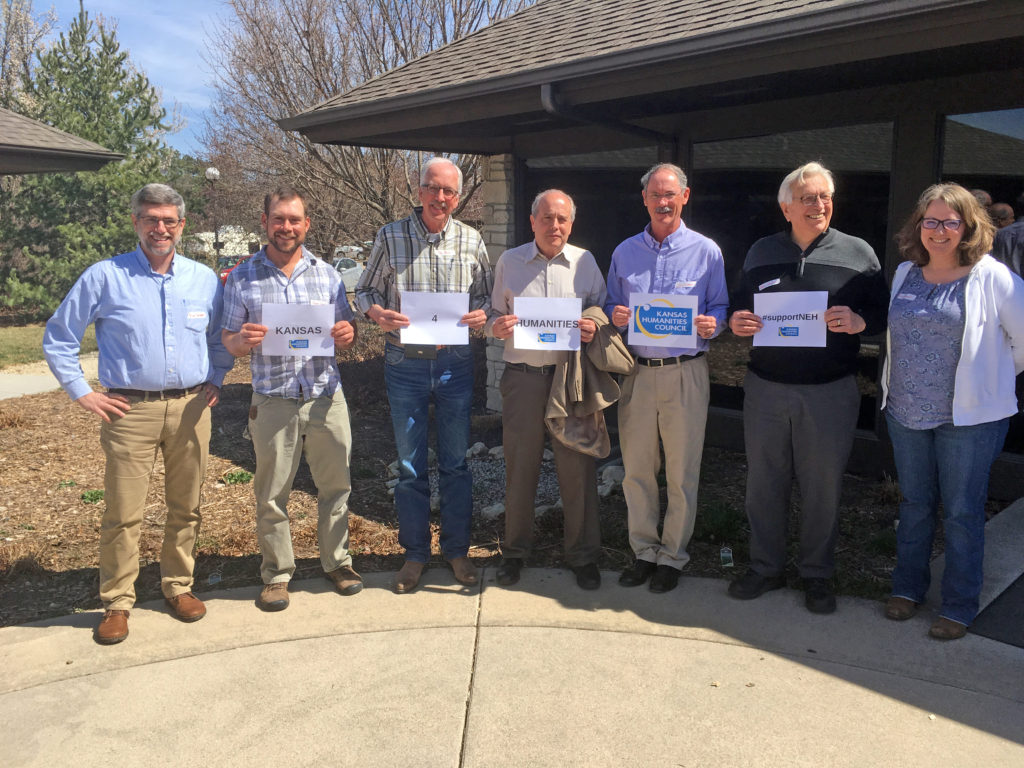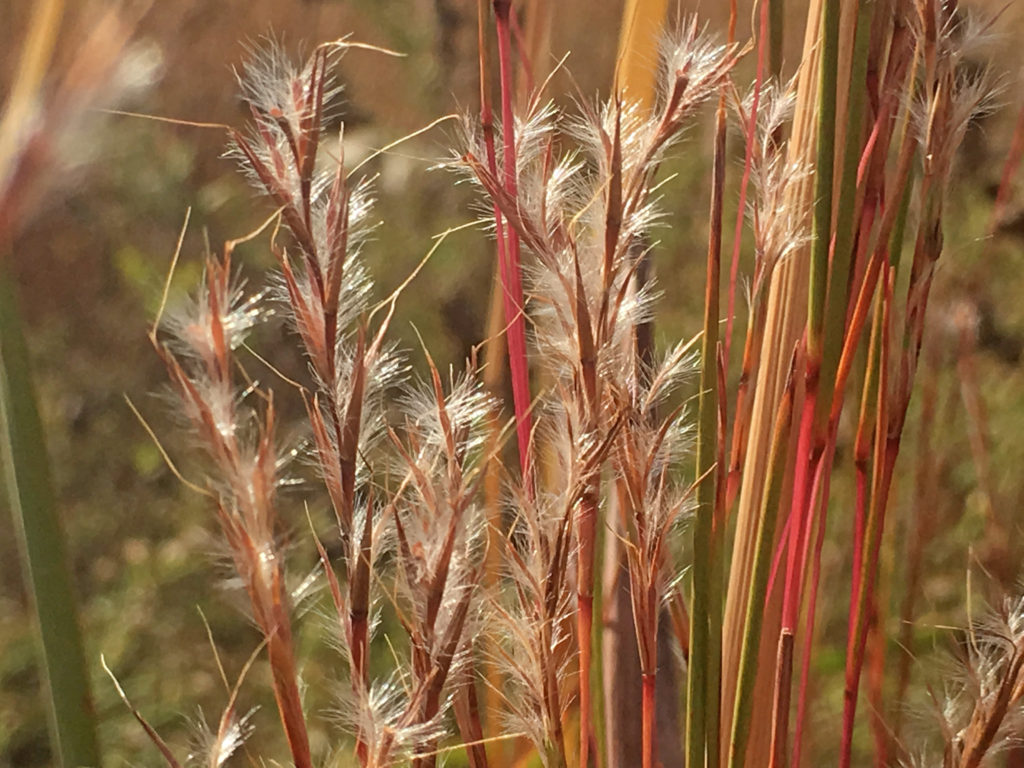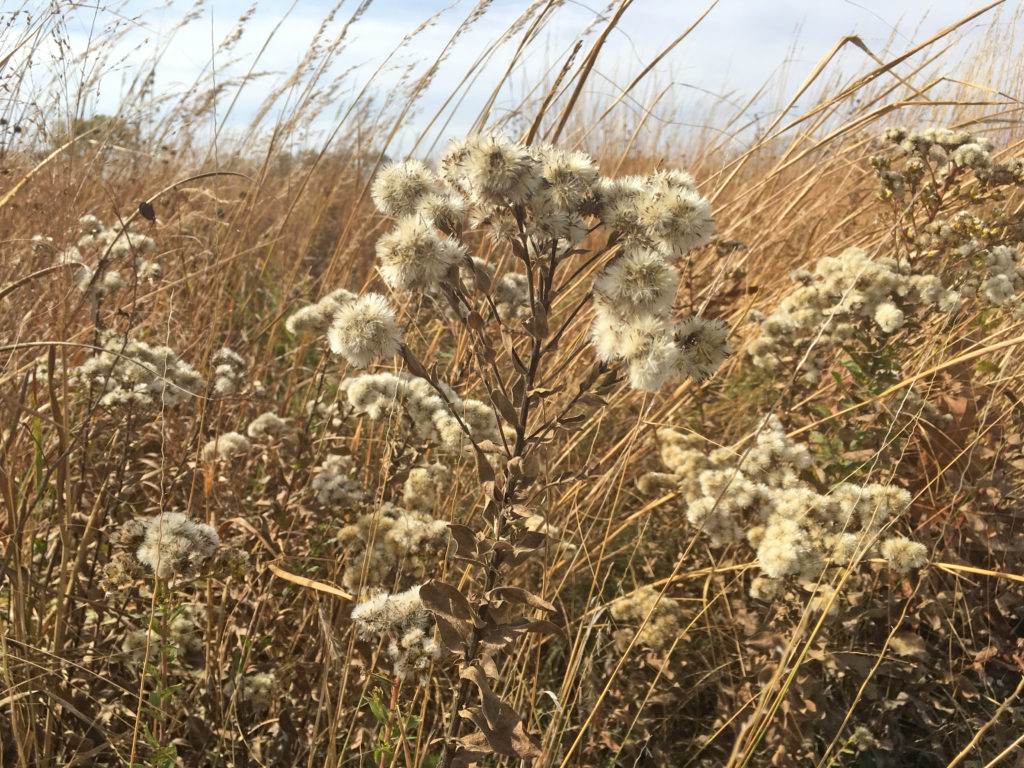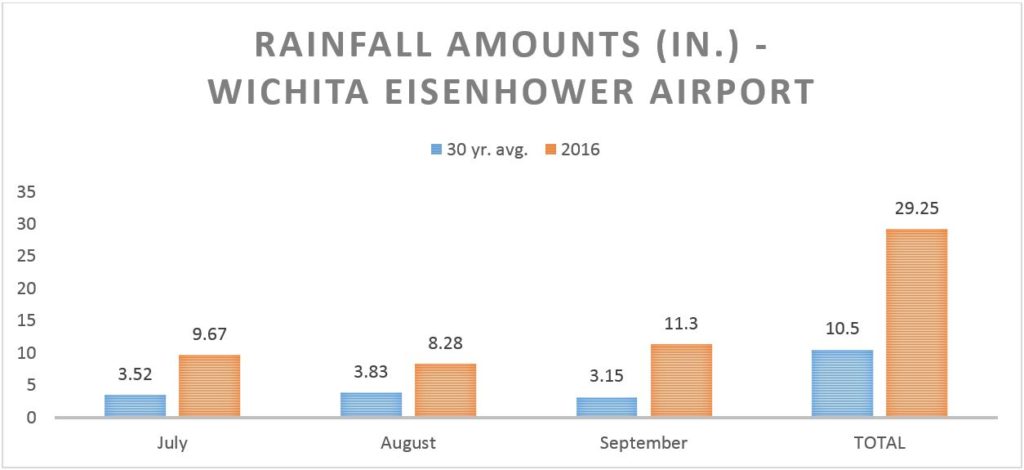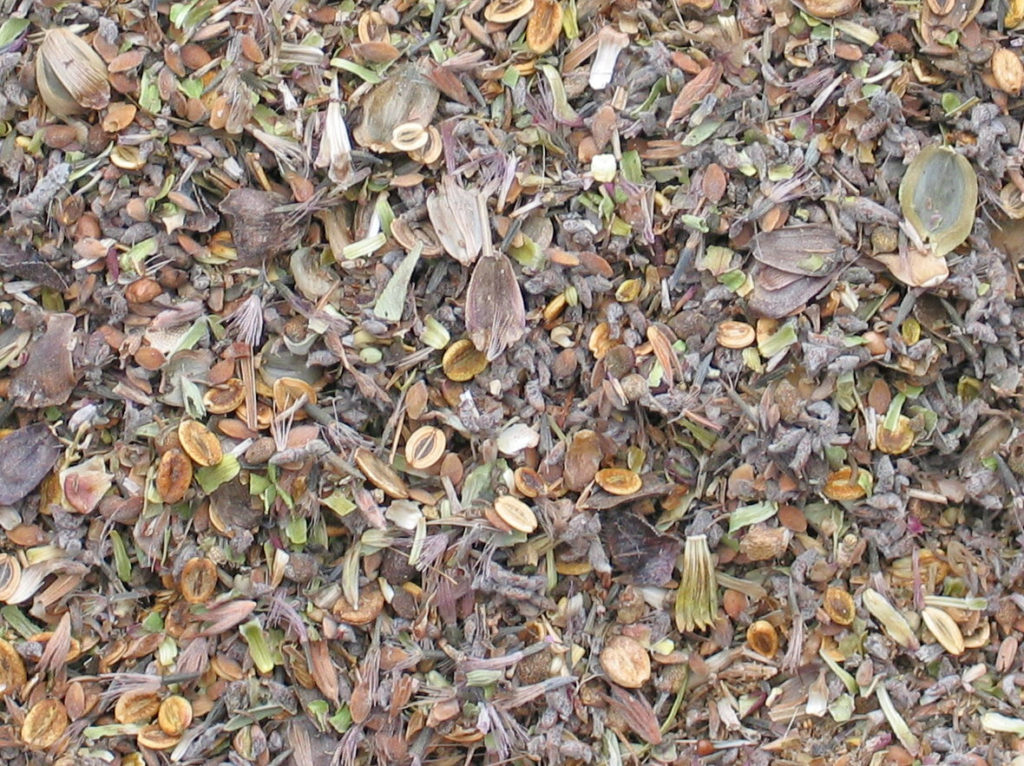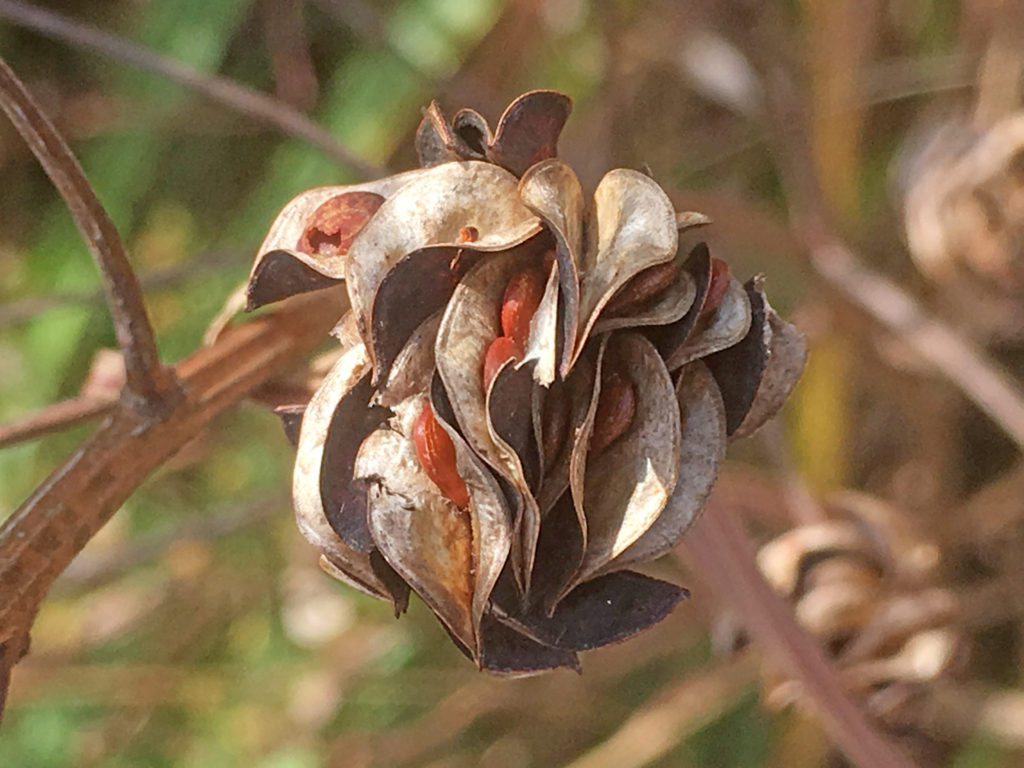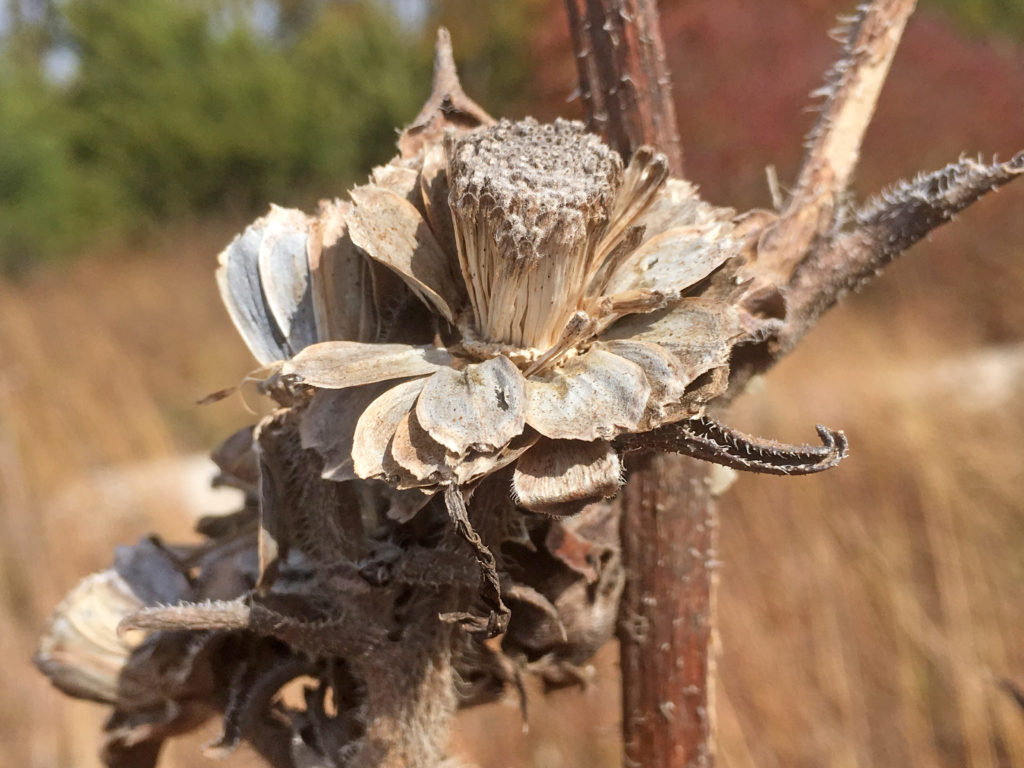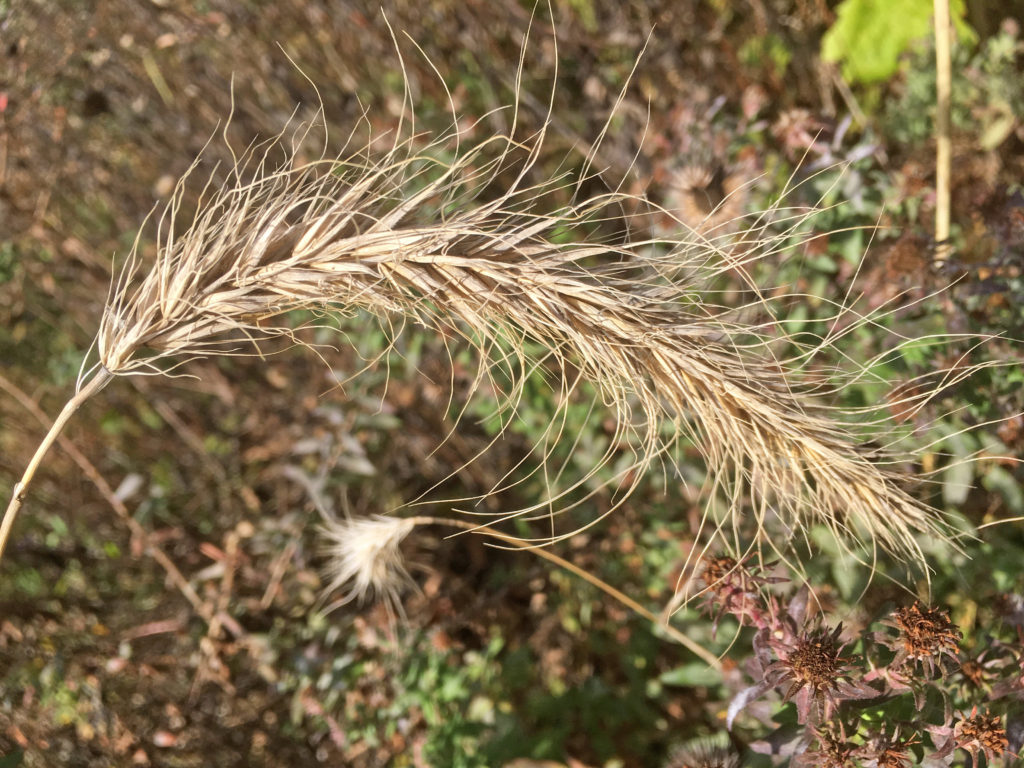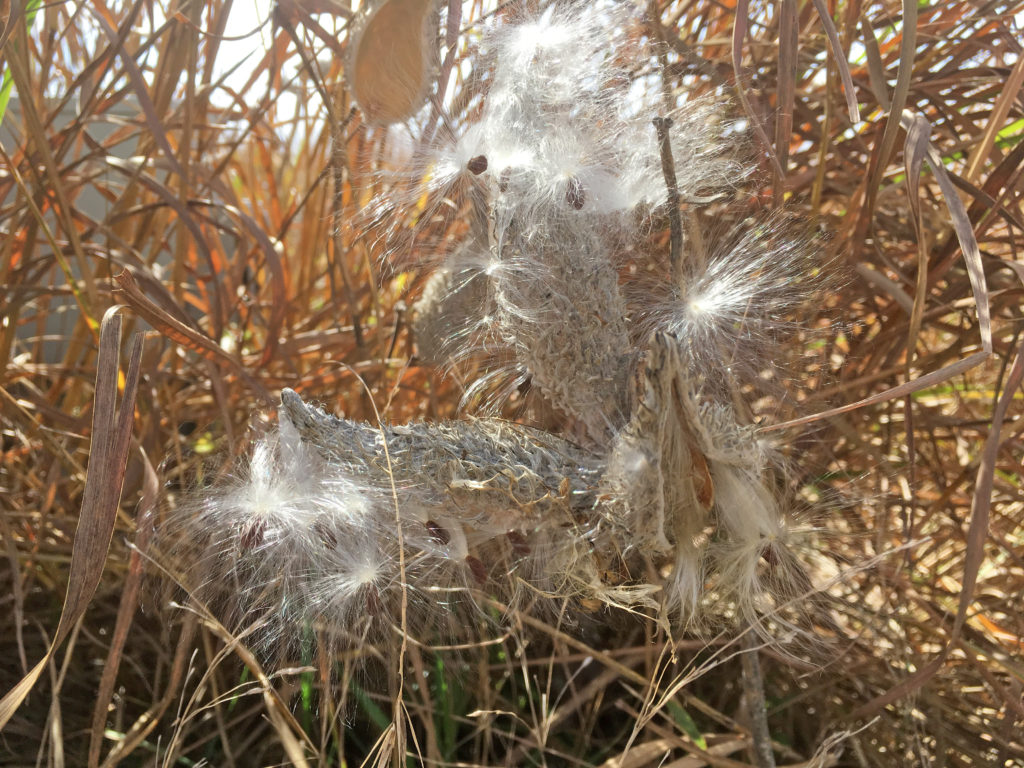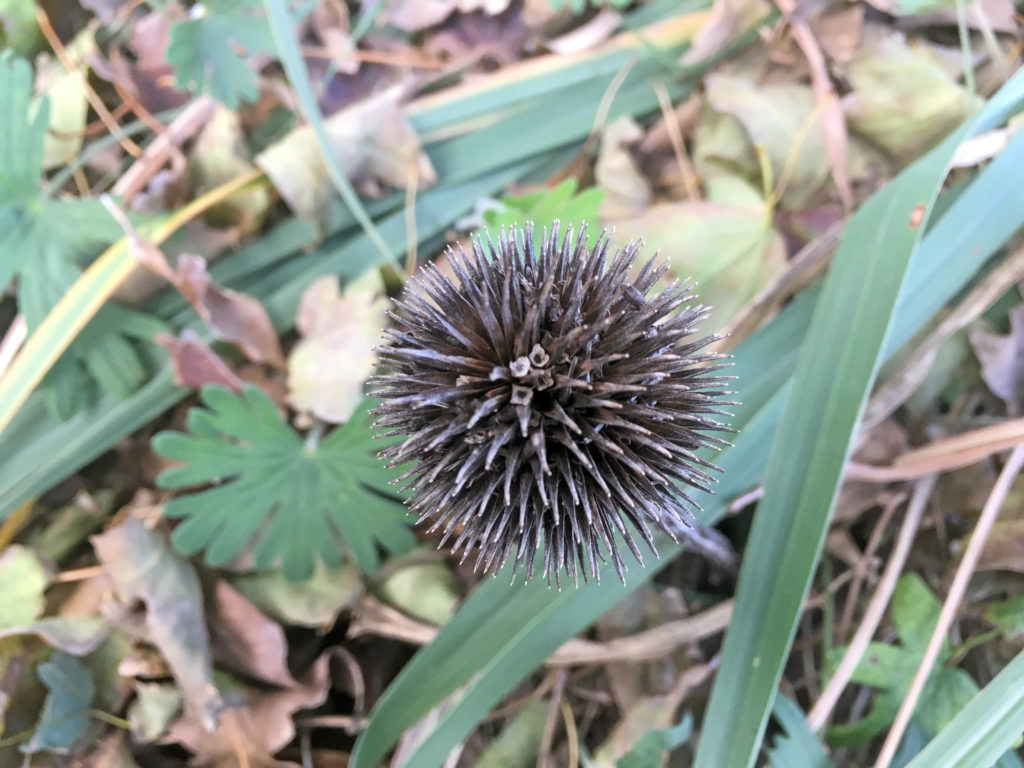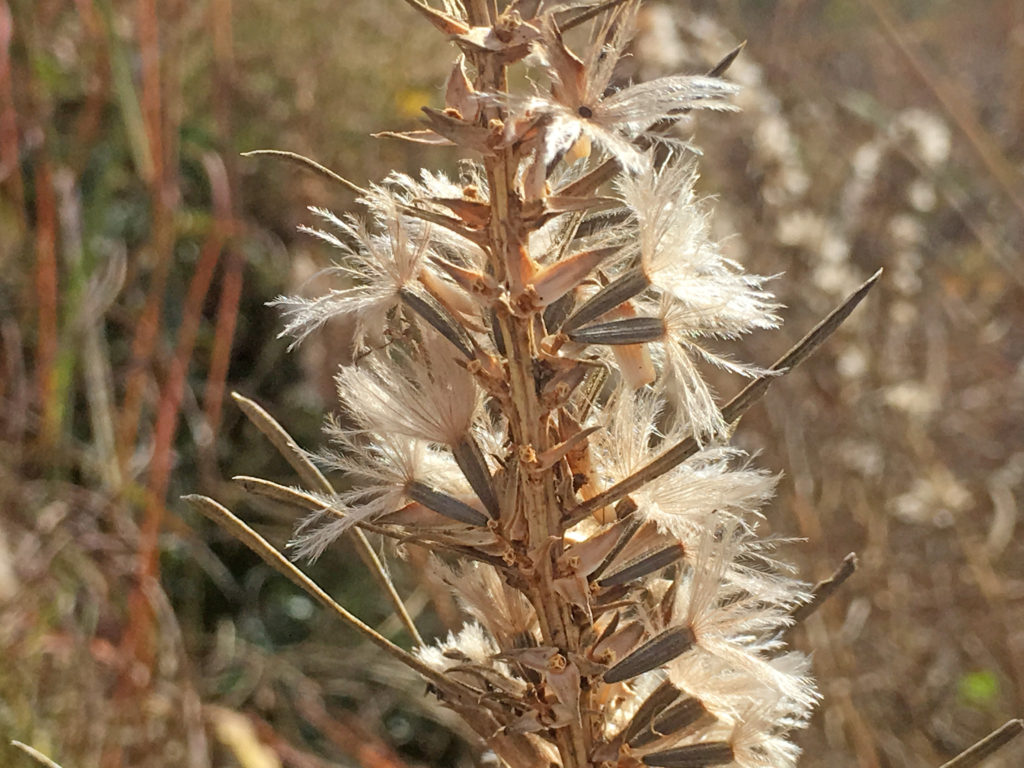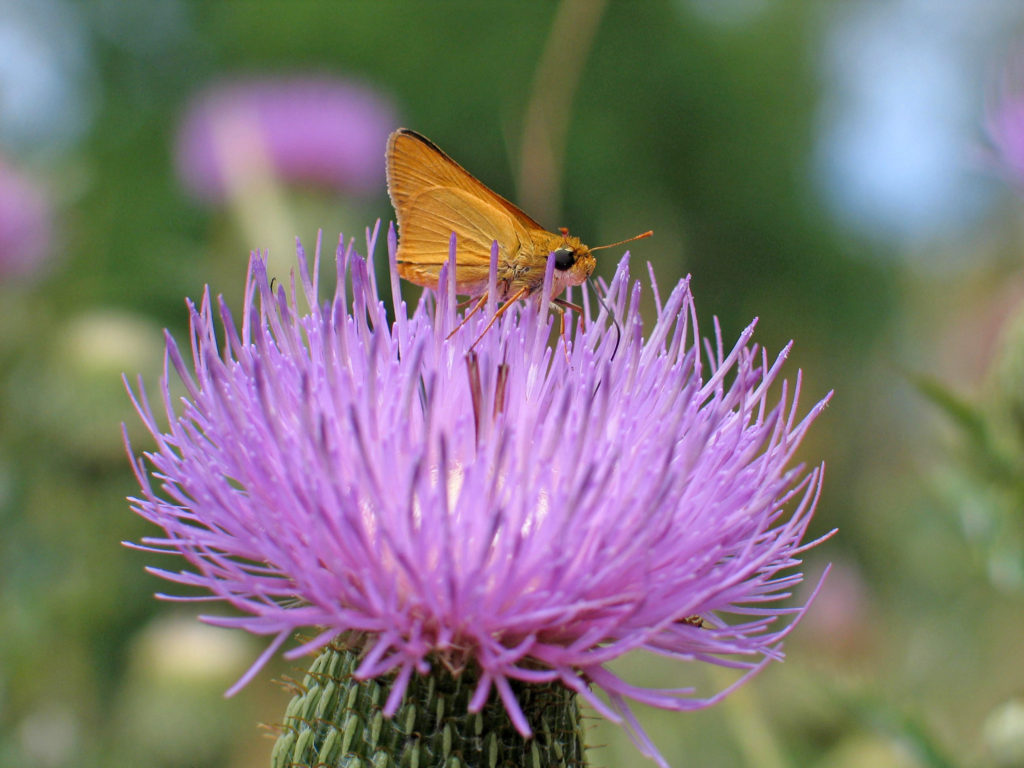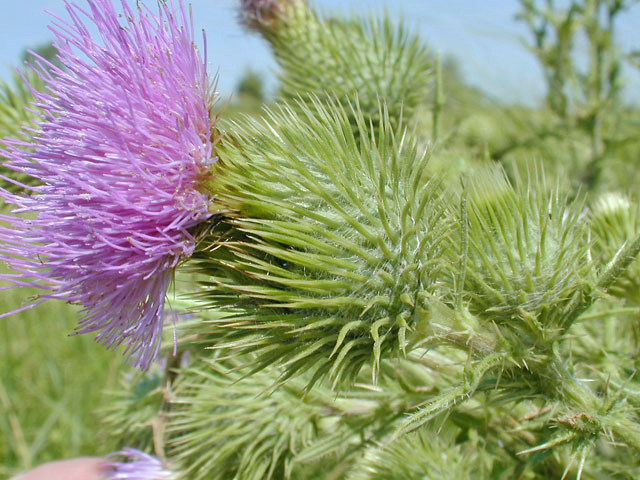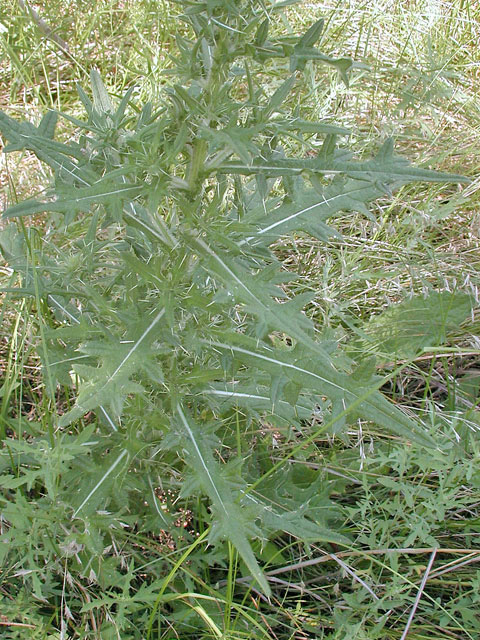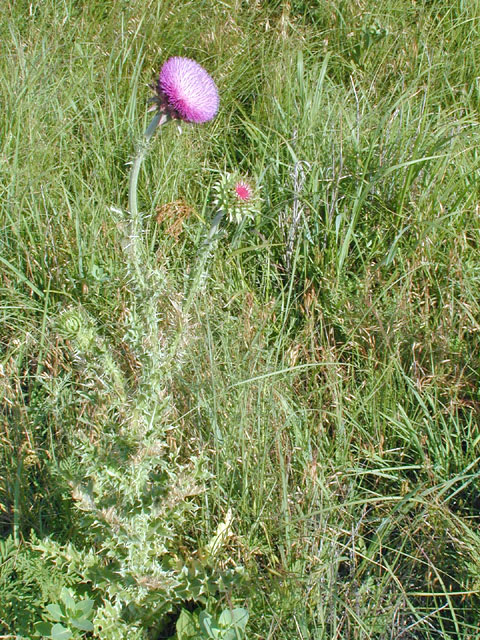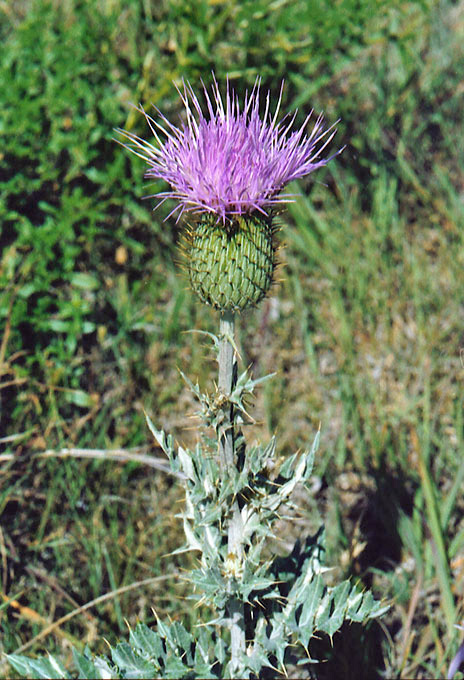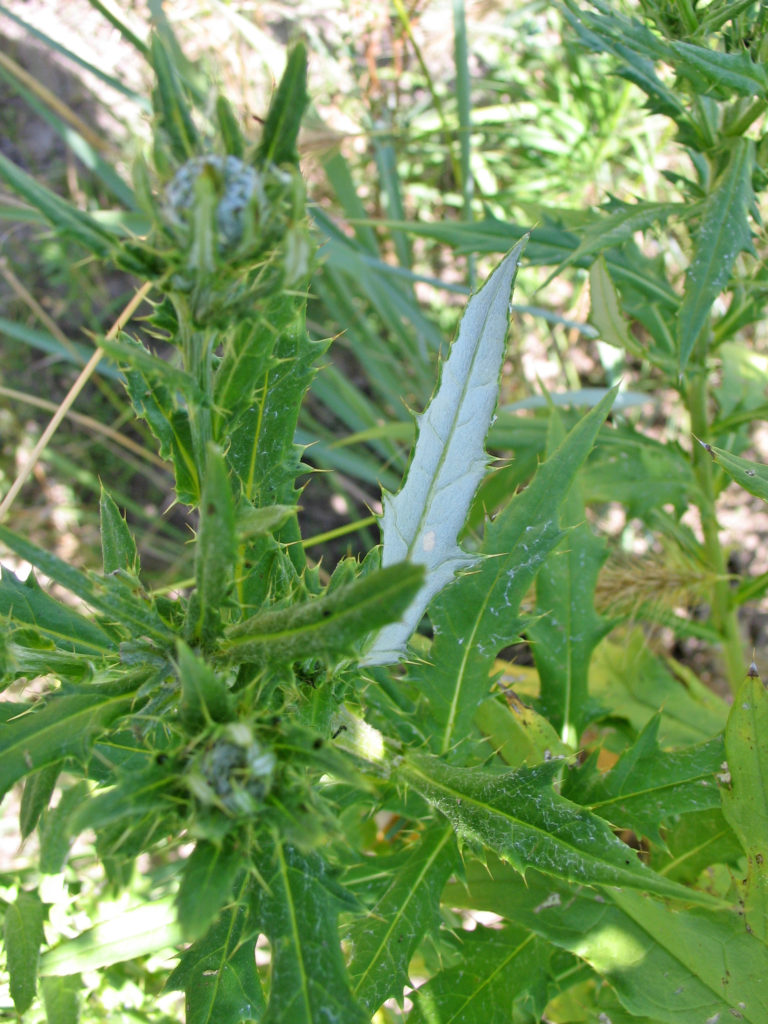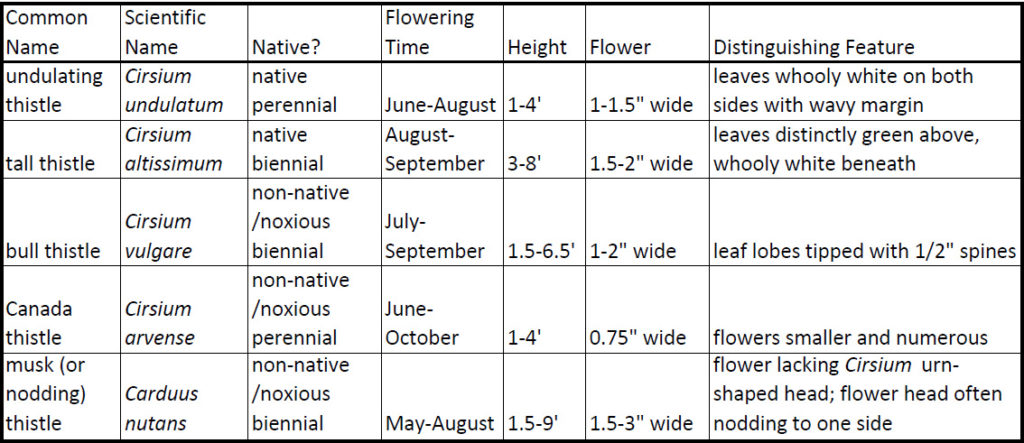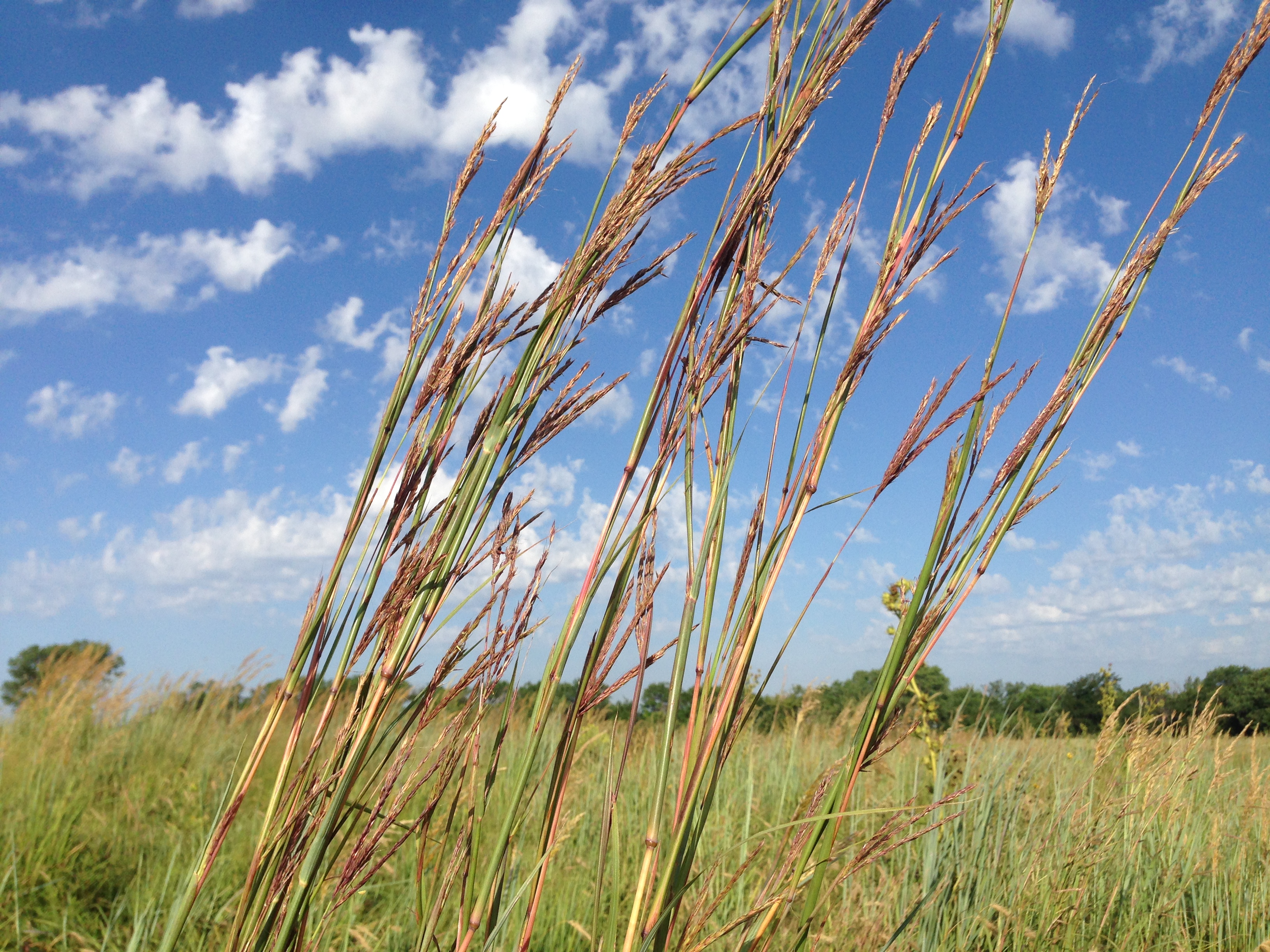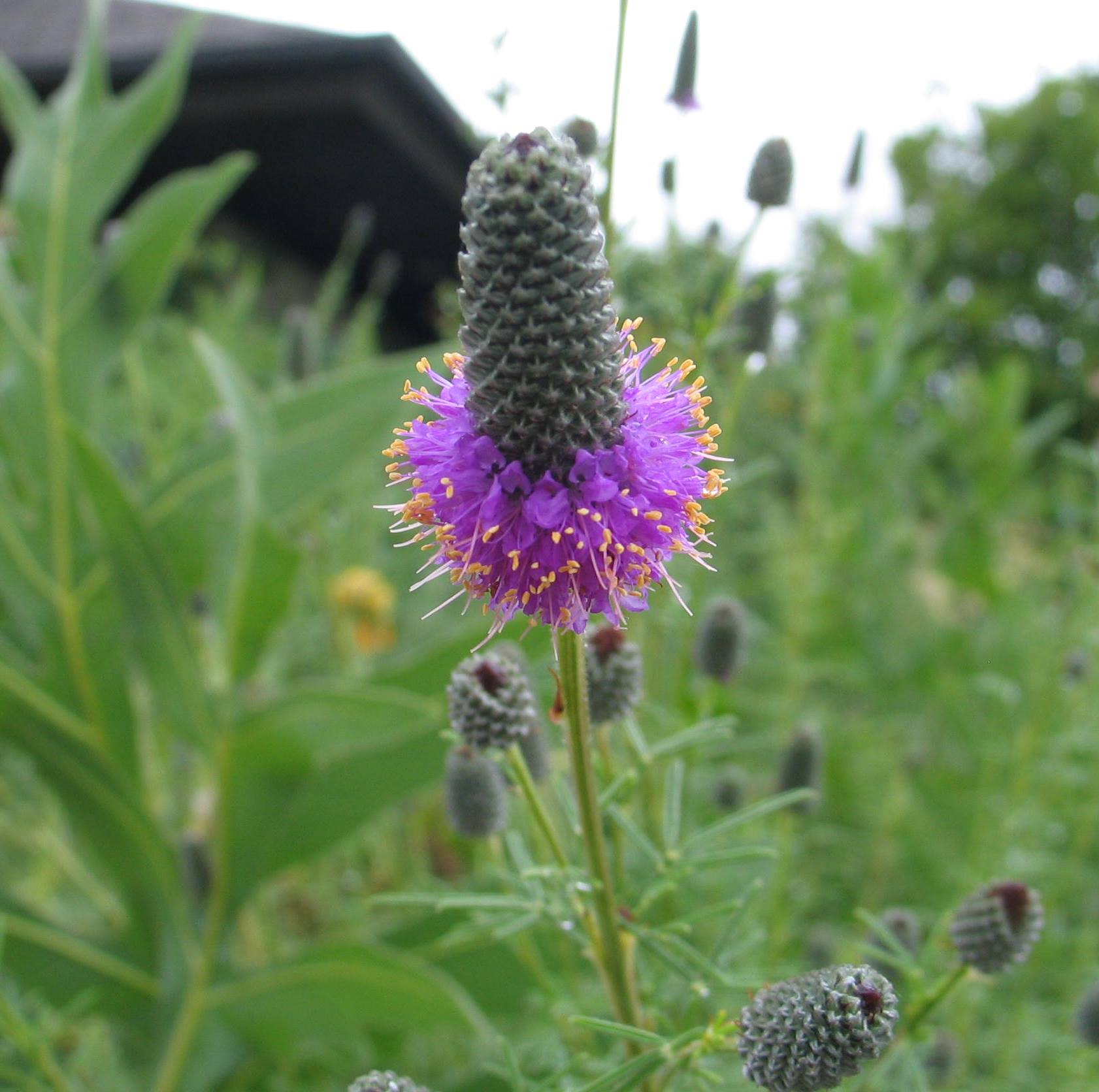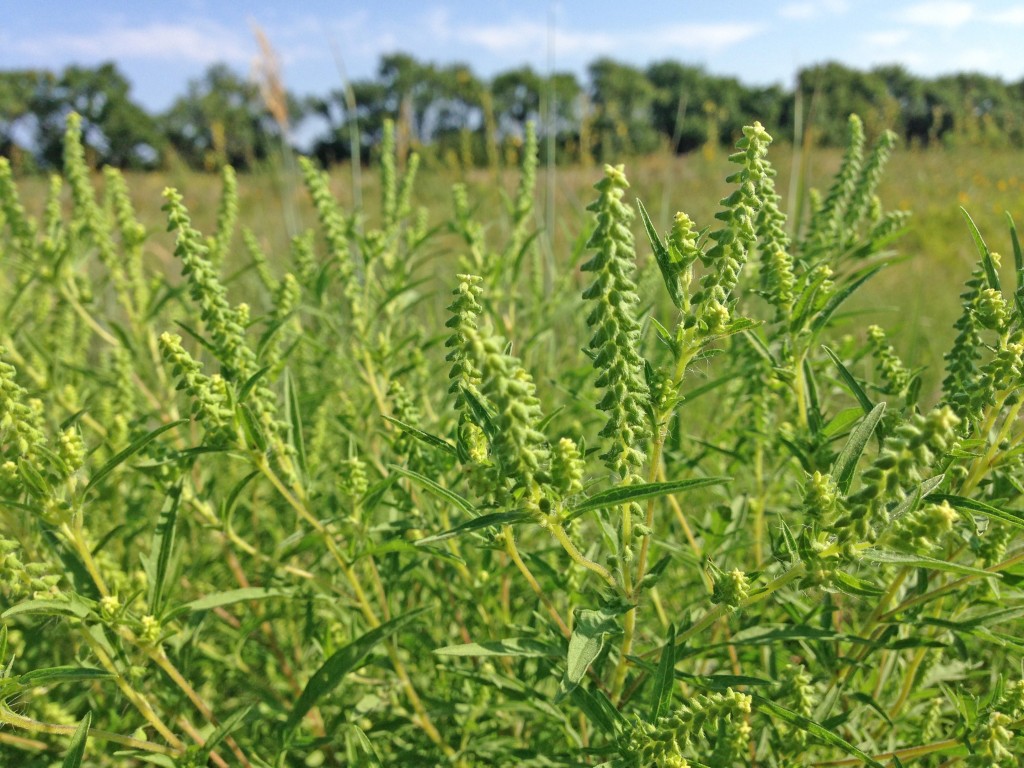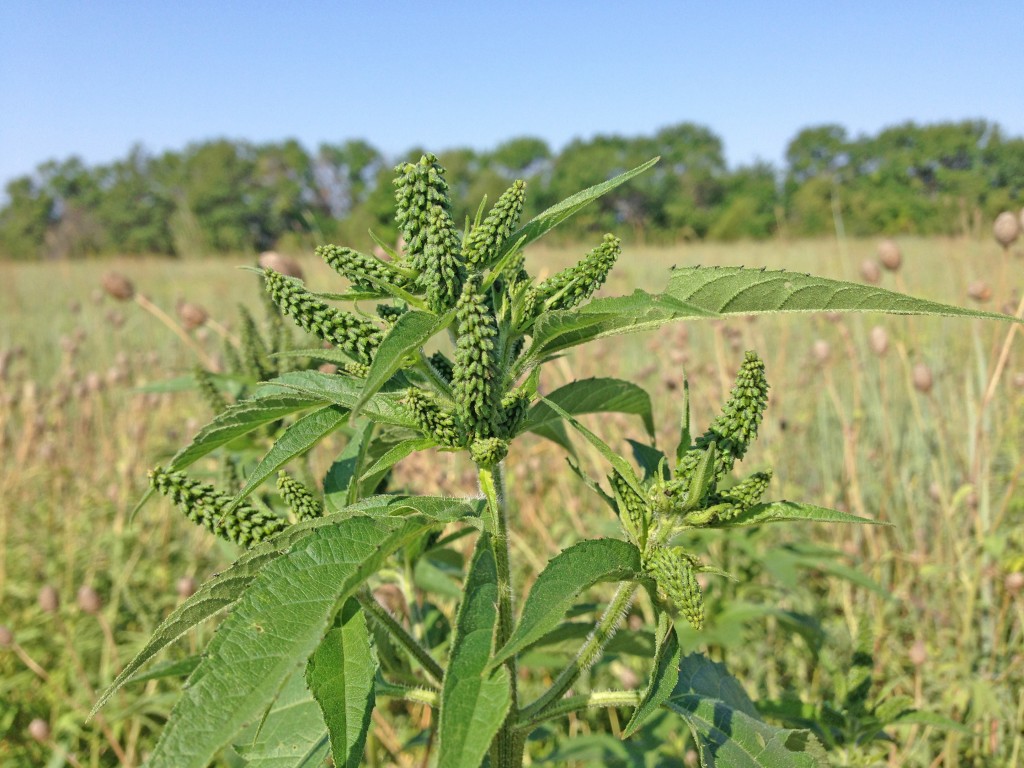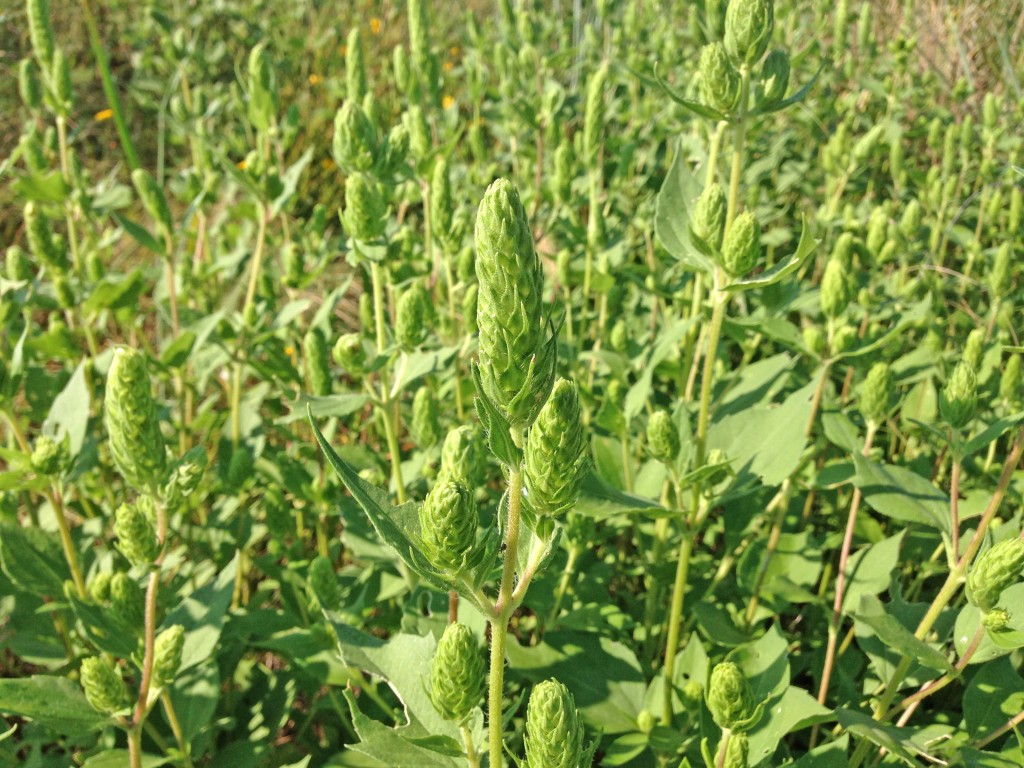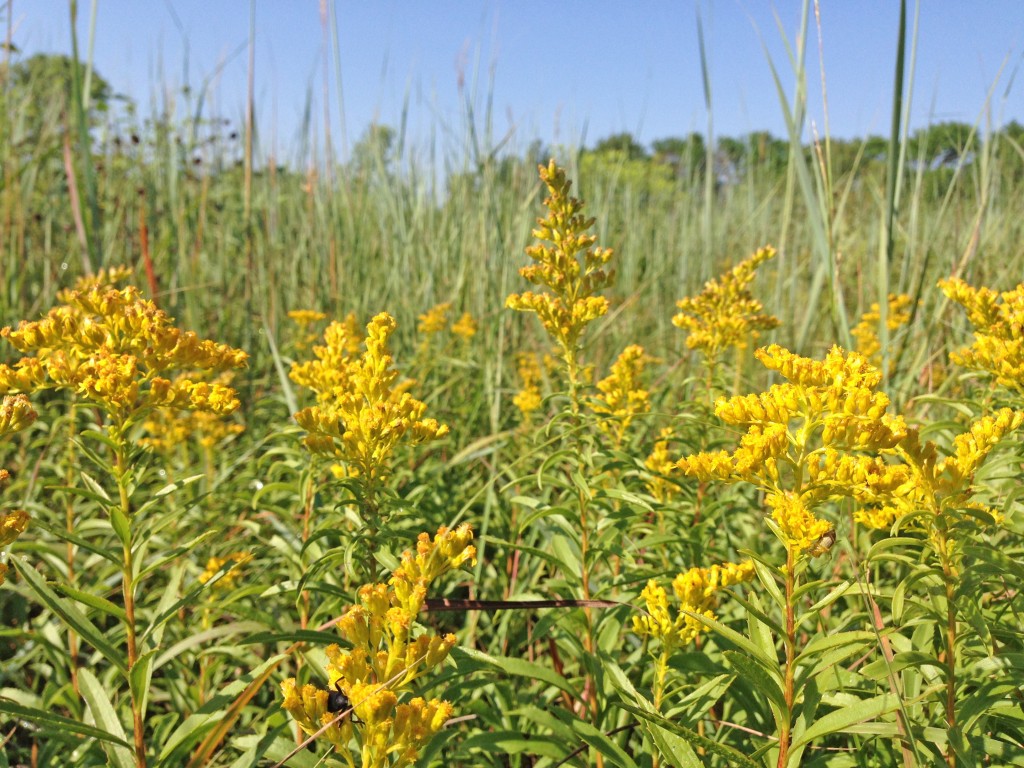At Dyck Arboretum, we focus a lot of our energy on spreading knowledge and appreciation for the prairie. We love Kansas’s natural landscape and we are alarmed by how little native prairie is left intact. The prairie needs more advocates – people who will stand up for its preservation and defend its value to native wildlife and community health. Most of our direct efforts target land owners – people who can plant native prairie gardens and landscapes at their home or school. But these are not the only people who can make a difference! Here are a few ways you can be a prairie advocate even if you aren’t able to plant a prairie of your own:
Community Involvement
I enjoy attending my local city council meetings to keep tabs on what is happening in the community, especially in regards to environmental issues. Most city council meetings have a citizen comment session at the beginning or end of every meeting. This is the perfect platform to express your thoughts on community green spaces, roadside prairie preservation and responsible neighborhood development. Letting your local government know you want to see more natural prairie in and around the city could inspire big changes!
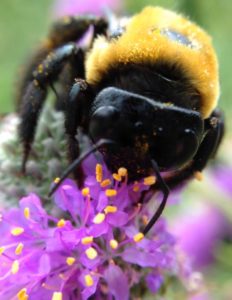
Encouraging your city to adopt sustainable land management policies can create pollinator habitat, help clean stormwater run off, absorb carbon pollution from the air, and much more! Carpenter Bee on Purple Prairie Clover (Dalea Purpurea)
Volunteerism
We say it all the time, but it deserves repeating — Dyck Arboretum couldn’t do what we do without volunteers. If you are passionate about prairie preservation and live in the area, consider volunteering for us! Here at the Arb, volunteers do everything from mow lawns and pull weeds to answer phones and process memberships. When you give your time to an organization, you free up the staff to focus on the heart of its mission and widen its impact. Search VolunteerKansas.org to find a place near you to volunteer your time and advocate for native landscaping, environmental education or sustainable agriculture.
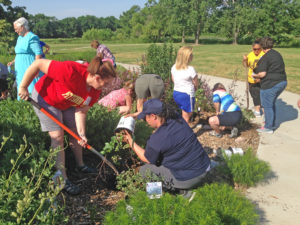
Volunteers often help out on the grounds, planting new flower beds and maintaining old ones. They keep the Arboretum looking beautifully managed!
Membership
Lastly, if you don’t have lots of time in your schedule to attend community meetings or volunteer somewhere, don’t fret. The simple purchase of a membership to an organization you support can make a big difference. The Dyck Arboretum, and other non-profit organizations like us, depend on memberships as a large portion of our budget. Membership gifts also support our programming and events. We use membership numbers to gauge whether our message resonates with the public. It is always so encouraging to see that number grow, one membership at a time! Becoming a member tells us that you support the work we are doing and that you want us to keep it going. If that is how you feel about Dyck Arboretum, become a member and a prairie advocate here.
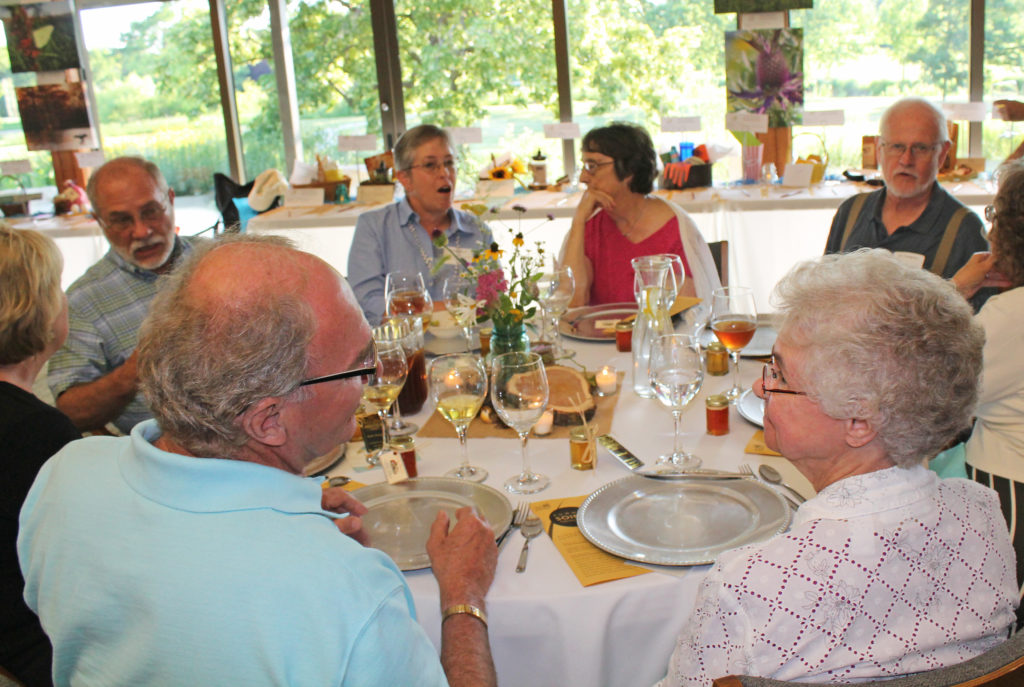
Staff and members get to know each other at the annual Summer Soiree, an evening of fine food and entertainment.

